
Smarter email, faster business.
Auto-tag, parse, and respond to RFQs, quotes, orders, and more — instantly.
Trending
Categories
Aviation News. Powered by AI.
Verified by ePlane AI
AI fact-checks every story before it goes live.
Latest News
Trending News

Aviation Expert Richard Godfrey Attributes AI 171 Crash to RAT Deployment, Rules Out Pilot Error
Aviation Expert Richard Godfrey Attributes AI 171 Crash to RAT Deployment, Rules Out Pilot Error
Aviation expert Richard Godfrey has identified the automatic deployment of the Ram Air Turbine (RAT) as the primary cause of the Air India Flight 171 crash in Ahmedabad on June 12, dismissing widespread speculation that pilot error was to blame. In an interview with Geoffrey Thomas, Godfrey examined preliminary findings and data released by the Air Accident Investigation Bureau (AAIB) a month after the London-bound aircraft crashed, resulting in the deaths of all but one passenger.
Timeline and Key Findings
The AAIB’s preliminary report outlines a rapid sequence of events on the day of the crash. At 1:13 pm, the aircraft requested pushback and startup clearance, followed by Air Traffic Control (ATC) confirming the need for the full length of Runway 23 at 1:19 pm. Taxi clearance was granted at 1:25 pm, and by 1:33 pm, AI 171 was instructed to line up for takeoff. The flight was cleared for takeoff at 1:37 pm, but just two minutes after liftoff, the pilots issued a MAYDAY call before the aircraft crashed seconds later.
The report highlights that both engines shut down within one second of each other after the fuel supply was cut off. Cockpit voice recordings captured one pilot questioning the other about the engine shutdown, with the second pilot denying any action to cut the engines. Examination of the engines recovered from the crash site revealed they were in the “Run” position, and attempts had been made to relight them.
RAT Deployment and Technical Analysis
Godfrey’s detailed analysis, drawing on the preliminary report, flight data, and airport CCTV footage, revealed that the RAT was automatically deployed at approximately 1:38:47 pm. According to the data, both engines’ N2 values dropped below minimum idle speed at this time, triggering the RAT hydraulic pump to supply hydraulic power. The preliminary report included an image showing the RAT in its extended position but did not clarify the timing or cause of its deployment.
By synchronizing multiple data sources—including the flight data recorder (FDR) and ATC logs—Godfrey established that the RAT deployment occurred mere seconds before the crash. This timing strongly suggests a technical malfunction rather than any human intervention.
Conflicting Interpretations and Ongoing Investigation
Despite Godfrey’s findings, the investigation has been marked by conflicting interpretations. Some experts, including Captain Byron Bailey, have proposed the possibility of deliberate pilot action, even suggesting “suicide by the pilot” as a theory. However, Godfrey’s analysis, supported by the available data, firmly disputes this notion, attributing the crash to a technical failure centered on the RAT deployment.
In response to the incident, the U.S. Federal Aviation Administration (FAA) and Boeing reviewed the safety of fuel cutoff switch locks, which had come under scrutiny during the investigation. Both organizations have since affirmed the safety of these components.
The investigation into the AI 171 crash remains ongoing, with authorities yet to issue a definitive conclusion. For now, Godfrey’s assessment shifts the focus away from pilot error, underscoring the critical role of the RAT deployment in the tragic sequence of events.

AAMG Seeks to Acquire Lilium’s Assets and Expertise
AAMG Moves to Acquire Lilium’s Assets and Expertise
The Ambitious Air Mobility Group (AAMG) has announced its intention to acquire the intellectual property, assets, and testing facilities of Lilium, alongside retaining key technical and certification personnel. This proposed acquisition is aimed at advancing the development and certification of Lilium’s aircraft platform, with plans to establish a European supply chain to support future production should the deal be finalized.
Strategic Investment and Development Plans
Prior to Lilium entering insolvency proceedings, AAMG had already placed an order for 16 of the company’s aircraft and is now positioning itself to revive the enterprise. The group has declared it holds over €250 million in capital dedicated to this initiative, with potential access to an additional €500 million intended to support expansion efforts across Europe and internationally.
Dr. Robert Kamp, CEO and Senior Partner of AAMG, emphasized the significance of the technology developed in Bavaria, describing it as both groundbreaking and economically viable. He highlighted the platform as the culmination of years of work by some of the world’s most talented engineers and expressed enthusiasm about the opportunity to invest in and fully realize its potential.
Collaboration and Market Expansion
AAMG plans to work closely with a wide network of suppliers, regulatory bodies, and government partners to facilitate the integration and growth of Lilium’s technology. The group has also established a partnership with Japan’s AirMobility Inc., aiming to extend its reach into Asia-Pacific markets and coordinate international development efforts.
Challenges and Market Implications
Despite the promising outlook, the acquisition faces several challenges. Regulatory scrutiny is expected due to the complexity of integrating advanced aviation technologies and the necessity of certification across multiple jurisdictions. The process of merging Lilium’s expertise and assets with AAMG’s existing operations may present operational difficulties. Furthermore, competitors in the air mobility sector may respond with strategic initiatives such as forming new alliances or accelerating their own research and development programs.
Investor reaction will likely depend on perceptions of the strategic alignment and financial impact of the acquisition on AAMG. While the company’s substantial capital reserves and international ambitions provide a strong foundation, the ultimate success will depend on navigating regulatory, operational, and competitive challenges effectively.
Details regarding the sources of AAMG’s funding have not been disclosed. Nevertheless, the company’s international partnerships and expansion plans indicate a broader strategy to establish a leading position in the rapidly evolving air mobility market.
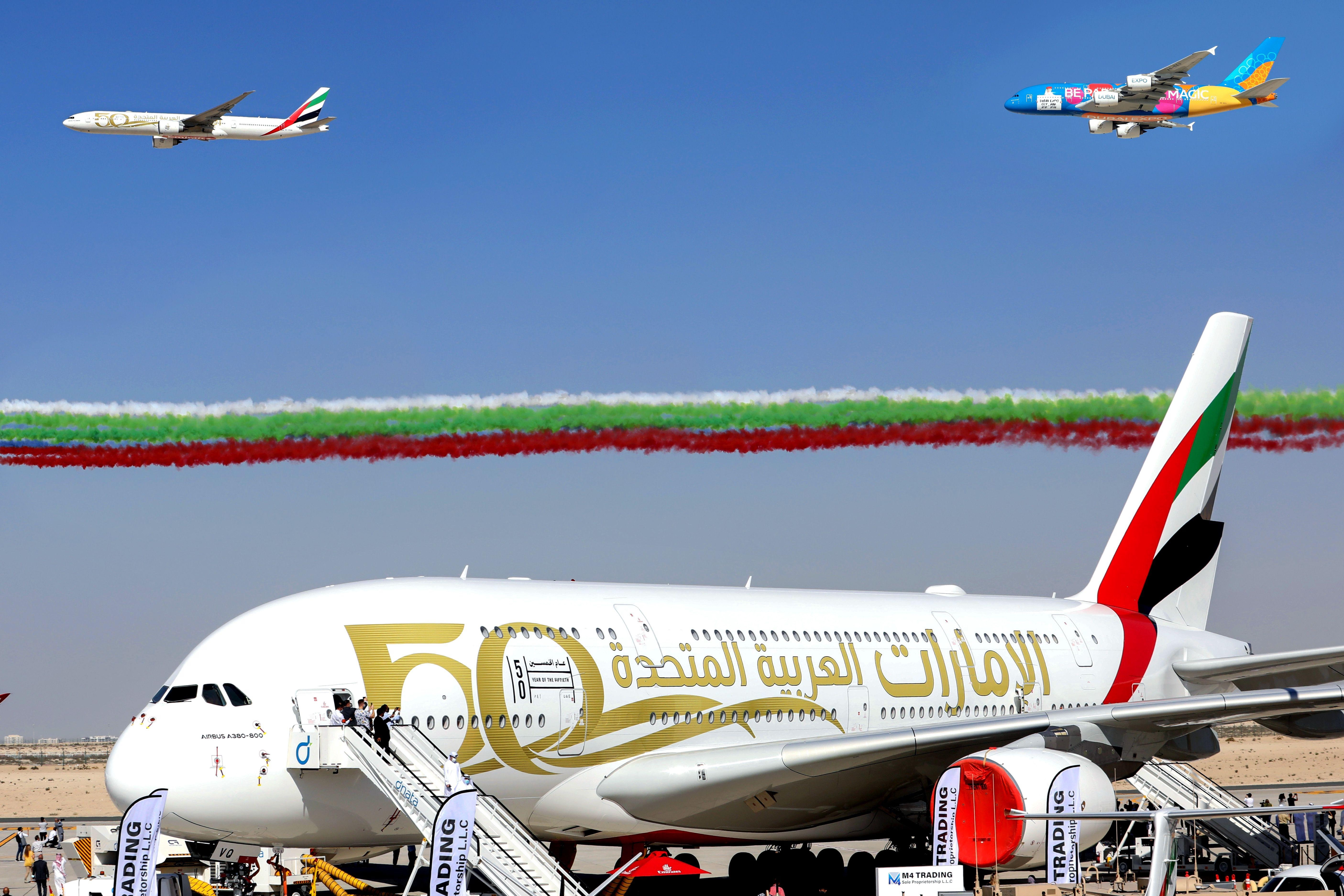
How the Boeing 777-300ER Compares to the Airbus A380 in Size
How the Boeing 777-300ER Compares to the Airbus A380 in Size
When discussing the largest commercial aircraft in operation today, the Boeing 777-300ER and the Airbus A380 are the two dominant models. Each represents a significant achievement in aerospace engineering but caters to different operational needs and market demands. Their differences in size, passenger capacity, and intended use highlight the distinct roles they play within global aviation.
Size and Capacity: A Detailed Comparison
The Airbus A380 holds the distinction of being the largest passenger airliner ever constructed. Its unique double-deck design enables it to accommodate up to 853 passengers in an all-economy configuration, or approximately 575 passengers in a more typical three-class layout. By contrast, the Boeing 777-300ER, the largest variant within the 777 family, can seat a maximum of 550 passengers in a high-density arrangement, though it more commonly carries around 396 passengers in a three-class configuration.
Physically, the A380 exceeds the 777-300ER in nearly every dimension except length. The 777-300ER measures 242 feet 4 inches (73.9 meters) in length, slightly longer than the A380’s 238 feet 7 inches (72.7 meters). However, the A380’s wingspan extends to 261 feet 8 inches (79.8 meters), significantly wider than the 777-300ER’s 212 feet 7 inches (64.8 meters). The A380 also stands taller at 79 feet (24.1 meters), compared to the 777-300ER’s height of 61 feet (18.5 meters). In terms of maximum takeoff weight, the A380’s 1,234,600 pounds (560,000 kilograms) far surpasses the 777-300ER’s 775,000 pounds (351,534 kilograms). These dimensions underscore the A380’s dominance in size and capacity, despite the 777-300ER’s advantage in length.
Operational Roles and Market Positioning
The Boeing 777-300ER was engineered to serve long-haul routes with a focus on operational efficiency and flexibility. Its twin-engine design allows it to operate from a broader range of airports, including those unable to accommodate the larger A380. This versatility, combined with lower operating costs and a moderate passenger capacity, makes the 777-300ER a preferred choice for airlines seeking to balance capacity with economic performance.
Conversely, the Airbus A380 was developed to maximize passenger volume on high-density international routes, primarily connecting major global hubs. Its immense size necessitates specialized airport infrastructure, limiting the number of airports capable of handling the aircraft. Nevertheless, the A380 remains a favored option for carriers aiming to transport large numbers of passengers efficiently on heavily trafficked routes.
Industry Response and Future Developments
The market’s response to these aircraft reflects their strategic roles within the aviation sector. Emirates, the largest operator of the A380, continues to invest in the superjumbo, with plans to upgrade its first-class suites and extend the aircraft’s operational lifespan through 2040. The airline has also expressed interest in Boeing’s developments, including visits to Boeing’s assembly facilities to monitor progress.
Meanwhile, other airlines are reassessing their fleet compositions. Kenya Airways, for example, is considering reintroducing the 777-300ER alongside exploring the Boeing 737 MAX, demonstrating the ongoing relevance of the 777 family. In response to Boeing’s advancements, Airbus is developing a stretched version of its A350 to compete directly with the forthcoming Boeing 777-9, highlighting the competitive dynamics shaping the large aircraft market.
Conclusion
While the Airbus A380 remains the world’s largest passenger aircraft by nearly every measure except length, the Boeing 777-300ER continues to hold a vital position in commercial aviation due to its versatility and efficiency. Both aircraft exemplify the evolving demands of the industry and maintain prominent roles in the global air travel landscape.

How the General Electric GEnx Engine Transformed Boeing's Aircraft
How the General Electric GEnx Engine Transformed Boeing's Aircraft
The General Electric GEnx engine has emerged as a transformative force within Boeing’s aircraft portfolio, establishing itself as the fastest-selling and most widely used jet engine in history, with over 3,000 units currently in operation. Its integration into the Boeing 787 Dreamliner and 747-8 models has significantly enhanced aircraft performance while reshaping competitive dynamics across the aviation sector.
Technological Advancements and Environmental Benefits
Incorporating cutting-edge technology, the GEnx engine achieves a 1.4% annual reduction in carbon emissions alongside a 3% increase in yearly utilization compared to earlier engine generations. This improvement allows aircraft to remain operational for up to seven additional days annually, offering airlines a substantial boost in operational efficiency. A hallmark of the GEnx’s design is its pioneering use of carbon fiber composite materials in the fan casing and blades, a world first that results in a lighter, more corrosion-resistant, and quieter engine. These innovations not only reduce maintenance requirements but also enhance overall reliability, directly benefiting airline operations and sustainability goals.
Engineering Innovations and Performance Enhancements
Building upon the foundation of the GE90 engine, the GEnx introduces several engineering breakthroughs. The engine features carbon-fiber composite fan blades with a reduced blade count—18 instead of 22—further decreasing weight and improving aerodynamic efficiency. Notably, it incorporates the first FAA-approved 3D-printed components, such as the power door opening bracket (PDOS), introduced in 2018. The engine’s lean-burning twin-annular pre-swirl combustor significantly lowers nitrogen dioxide emissions, maintaining levels well below regulatory thresholds.
The GEnx-1B variant powers all Boeing 787 models, while the GEnx-2B is utilized on the 747-8 and 747-8F aircraft. Both variants deliver superior fuel efficiency and reduced operating costs. Advances such as next-generation 3D dynamics and titanium aluminide blades reduce engine weight by up to 300 pounds (136 kilograms), optimizing performance on long-haul flights. The GEnx-1B also achieved a 330-minute ETOPS (Extended-range Twin-engine Operational Performance Standards) rating following rigorous endurance testing, thereby expanding operational flexibility for airlines.
Market Impact and Boeing’s Financial Recovery
The technological progress embodied by the GEnx engine has elicited a strong market response. GE Aerospace’s improved profit outlook and increased engine deliveries reflect robust aftermarket demand, as airlines extend the service life of older aircraft amid production delays at Boeing and Airbus. This trend is exemplified by JetBlue’s recent divestment of CF34 engines during its transition to Airbus A220s, signaling shifts in market dynamics and growth in the secondary market for regional engines.
Boeing’s financial turnaround is underscored by higher aircraft deliveries and increased revenue, highlighting the GEnx engine’s role in this recovery. The ongoing production of the 787 Dreamliner and the final delivery of the 747-8 to Atlas Air in 2023 demonstrate sustained demand for aircraft equipped with GEnx technology.
Global Support and Future Prospects
General Electric’s extensive global support network, combined with software-driven maintenance solutions, ensures continued reliability and operational efficiency for airlines worldwide. As the aviation industry navigates evolving market conditions and increasingly stringent environmental standards, the GEnx engine remains a critical driver of efficiency, sustainability, and competitive advantage for Boeing and its customers.
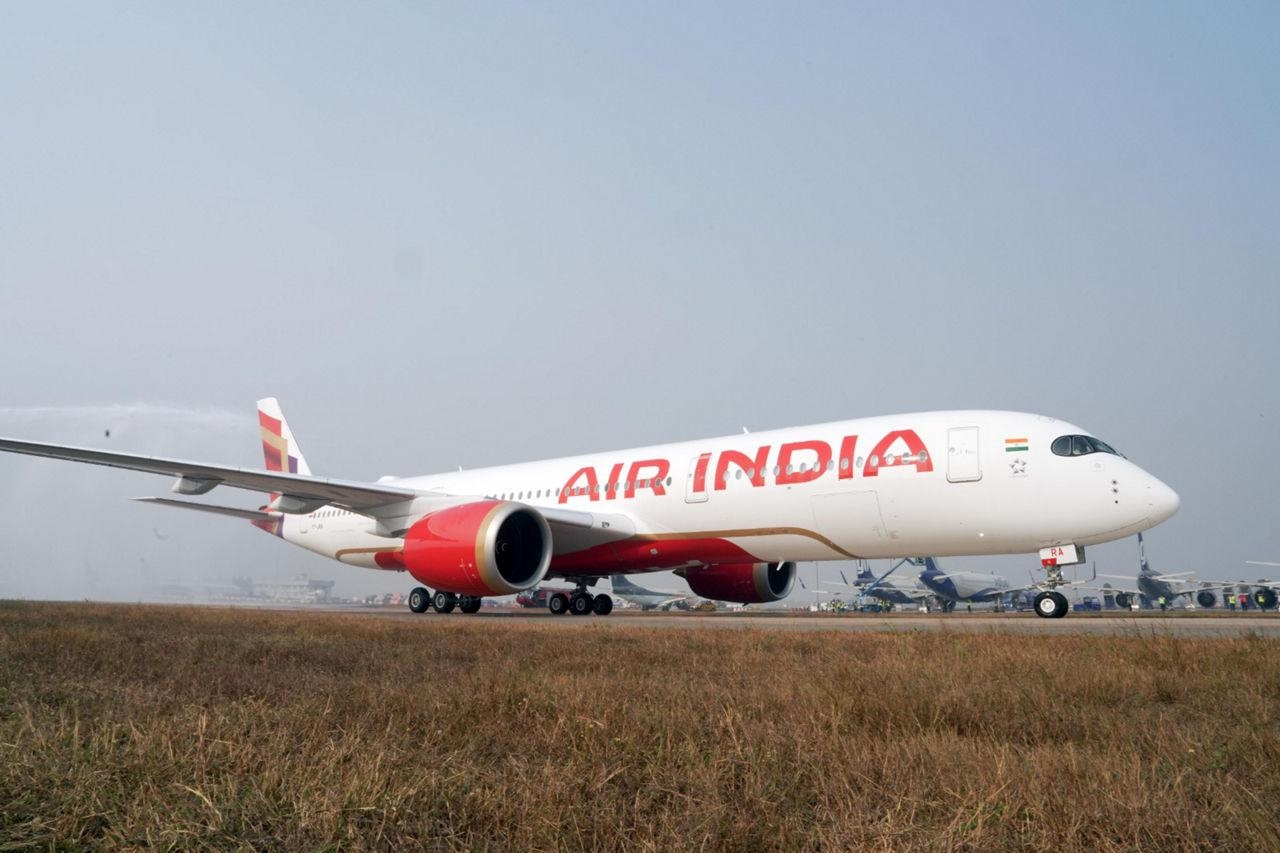
Air India Announces Delivery Schedule for A321neo, A350-1000, and 787-9 Aircraft
Air India Announces Delivery Schedule for A321neo, A350-1000, and 787-9 Aircraft
Major Fleet Modernization Underway
Air India Group, now under the ownership of the Tata Group, is advancing a landmark fleet renewal initiative that promises to transform its operational capabilities and competitive positioning within the Indian aviation sector. Central to this effort is an unprecedented order of 570 aircraft, among the largest in the history of commercial aviation. This extensive acquisition includes the latest models from Airbus and Boeing, notably the A321neo, A350-1000, 787-9 Dreamliner, and 777-9. These additions are expected to significantly expand Air India’s capacity and modernize its fleet.
Delivery Timeline and Deployment Plans
To date, the Air India Group—which comprises both Air India (AI) and Air India Express (IX)—has taken delivery of six Airbus A350-900s alongside more than 40 Boeing 737 MAX aircraft. The next phase of this fleet expansion is scheduled to commence in mid-2025, with the introduction of the first A321neo, A350-1000, and 787-9 Dreamliner aircraft. This phase represents a critical step in the airline’s strategy to increase capacity and enhance service offerings.
Air India Express will be the initial operator of the new A321neo, launching scheduled services from April 15, 2025. The inaugural routes will connect Delhi (DEL) with Bengaluru (BLR) and Srinagar (SXR), with subsequent expansions on April 20 to include Ayodhya (AYJ) and Jaipur (JAI). The A321neo will be configured with 180 economy seats and 12 business class seats, providing improved passenger options on key domestic routes. Currently, Air India operates two A321neos (registrations VT-RTC and VT-RTD) in a 192-seat dual-class layout.
Supply Chain Challenges and Operational Adjustments
Despite the progress, Air India continues to grapple with significant supply chain disruptions. CEO Campbell Wilson has acknowledged ongoing difficulties in procuring essential components such as engines, fuselages, and premium cabin seats. These challenges are expected to cause delivery delays from both Airbus and Boeing, potentially affecting the airline’s growth trajectory for the next four to five years. In response, Air India is extending the operational lifespan of older aircraft, which entails increased maintenance costs, and is facing obstacles in leasing additional planes due to global shortages. The airline is also exercising prudence regarding further Boeing orders amid manufacturing and regulatory constraints.
Widebody Fleet Expansion: A350-1000 and 787-9
The first A350-1000 destined for Air India is nearing completion at Airbus’s Toulouse facility and is anticipated to be delivered in 2026. Currently registered as F-WZFI, the aircraft will soon be re-registered under the VT-series for Indian operations. Concurrently, the initial Boeing 787-9 Dreamliners from the 2023 order are expected to arrive by the end of 2025. Three 787-9s are presently in production at Boeing’s Charleston, South Carolina plant, equipped with General Electric GEnx-1B engines.
Order Composition and Market Implications
Air India’s comprehensive 570-aircraft order includes 20 A350-900s, 20 A350-1000s, 140 A320neos, and 70 A321neos from Airbus, alongside 20 787-9 Dreamliners, 10 777X, and 190 737-8 MAX aircraft from Boeing. Additionally, a 2024 order comprises 10 more A350s and 90 A320 Family aircraft. This sweeping modernization is anticipated to provoke strategic responses from rival carriers, who may reassess their fleet plans in light of Air India’s expanded capacity. Industry analysts expect this development to intensify competition and elevate passenger service standards across the Indian aviation market.
Commitment to Sustainability and Efficiency
Air India’s investment in next-generation aircraft reflects a strong commitment to operational efficiency, passenger comfort, and environmental stewardship. The new A350 and 787-9 models offer substantial fuel savings and reduced emissions, aligning with global efforts to promote sustainable aviation. As these aircraft enter service from mid-2025 onward, Air India is positioned to lead the industry’s transition toward eco-friendly, high-capacity air travel.
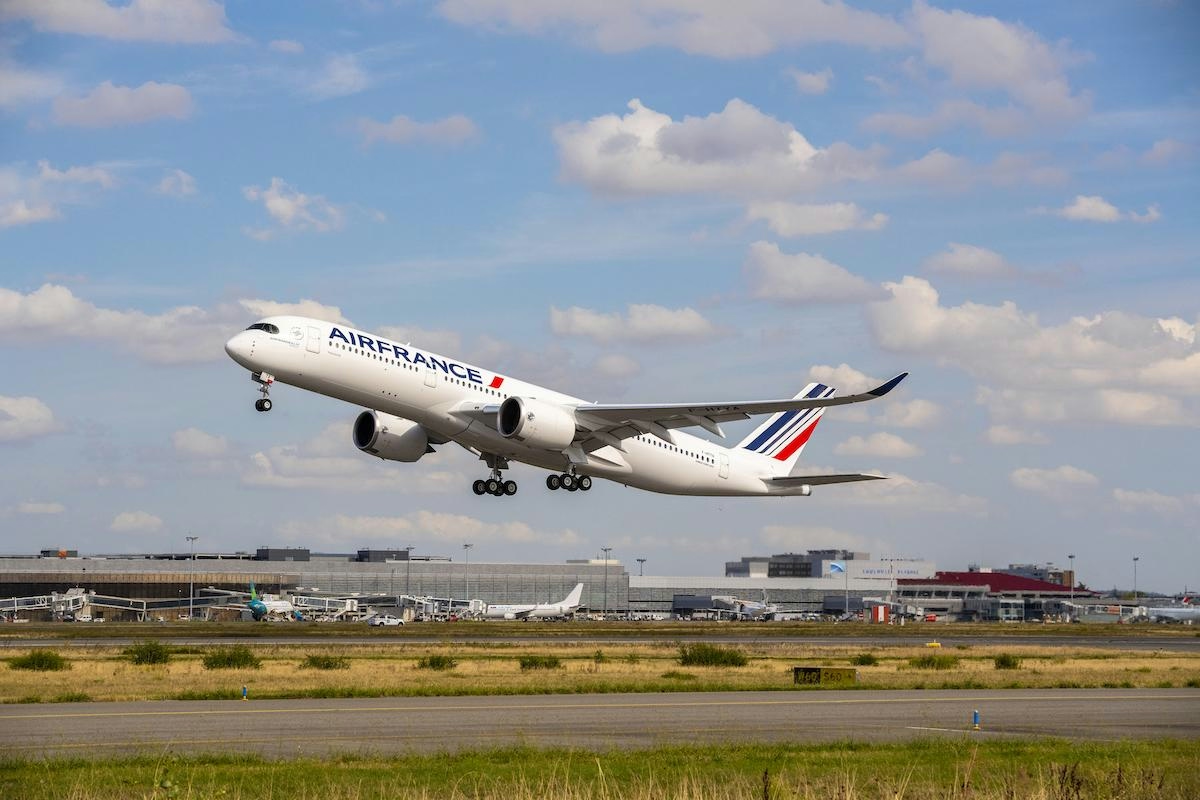
Air France-KLM Reduces Airbus A350-1000 Orders, Increases A350-900 Purchases
Air France-KLM Revises Airbus A350 Orders, Prioritizes A350-900 Over A350-1000
Air France-KLM is adjusting its widebody fleet strategy by converting a significant portion of its Airbus A350-1000 orders to the smaller A350-900 model, according to the latest data from Airbus’ order backlog. Initially, the Franco-Dutch airline group placed an order in 2023 for 50 A350 aircraft, consisting of 39 A350-900s and 11 A350-1000s. The recent revision involves converting eight of the A350-1000 orders into A350-900s. This strategic shift, first reported by FlightGlobal, comes two years after the original purchase and reflects a broader industry trend favoring more efficient and flexible aircraft.
Strategic Shift Toward Efficiency and Range
Air France-KLM’s decision highlights a preference for smaller-capacity aircraft with extended range capabilities. The A350-900 typically accommodates between 332 and 352 passengers in a three-class configuration and can operate nonstop for up to 9,700 nautical miles (18,000 kilometers). This makes it well-suited for a diverse range of routes, from short-haul to ultra-long-haul. In comparison, the larger A350-1000 seats between 375 and 400 passengers and offers approximately 40% more premium seating, but with a slightly reduced maximum range of 8,000 nautical miles.
Currently, Air France operates a fleet of 39 A350-900s, with an average aircraft age of 2.8 years. These aircraft are configured to carry 324 passengers, divided into 34 business class, 24 premium economy, and 266 economy seats. In preparation for KLM’s planned introduction of the A350 between 2026 and 2027, KLM pilots are undergoing training on Air France’s A350s as part of a pilot-sharing arrangement within the group.
Fleet Renewal and Environmental Objectives
The incoming A350s are intended to replace aging Airbus A330s and Boeing 777s across both Air France and KLM. Air France’s current widebody fleet includes 10 A330-200s with an average age of 22.6 years, alongside 62 Boeing 777s. KLM operates 11 A330s and 31 Boeing 777s. Benjamin Smith, CEO of Air France-KLM, has emphasized the A350’s advantages, including quieter operation, enhanced fuel efficiency, and lower operating costs compared to previous-generation aircraft. These attributes align with the group’s environmental commitments and economic goals.
Industry Implications and Market Response
Air France-KLM’s move away from the larger A350-1000 model may pose challenges for Airbus’s supply chain and could lead to discussions regarding production adjustments. The decision is likely to attract attention from industry analysts, as it signals a strategic pivot toward more versatile and efficient aircraft amid evolving market dynamics. Competitors such as Lufthansa and International Airlines Group (IAG) may reevaluate their own long-range fleet strategies in response, potentially influencing broader trends in aircraft procurement.
This development also raises important questions about the future viability of ultra-long-haul flights and the economic sustainability of larger aircraft in a market increasingly focused on operational flexibility and efficiency. Airlines continue to balance capacity and range considerations as they adapt to shifting passenger demand and operational realities.
Airbus Deliveries and Market Demand
Despite these shifts in airline preferences, Airbus reported delivering 67 aircraft to 41 customers in July 2025, underscoring sustained demand for new-generation widebody aircraft. Air France-KLM has yet to provide an official comment regarding the recent changes to its A350 order book.

United Airlines Restores Flights Following Software Outage
United Airlines Resumes Operations Following Nationwide Software Disruption
United Airlines restored its flight operations late Wednesday after a significant software outage temporarily grounded numerous flights and caused widespread travel disruptions across the United States. The incident affected over 1,000 flights and led to extensive delays at key hubs including Chicago O’Hare, Denver, and Houston.
Details of the Outage and Its Impact
The disruption began at 5:12 p.m. Central Time on August 6, 2025, originating from a failure in United’s Unimatic system. This critical platform is responsible for distributing flight information to various operational systems, including those managing aircraft weight and balance calculations and tracking flight times. The failure halted departing flights for several hours, triggering a cascade of delays and cancellations throughout United’s network.
By Wednesday evening, United confirmed that the technical issue had been resolved. In an official statement, the airline acknowledged that while residual delays were expected, efforts were underway to restore normal operations. United also clarified that the outage was unrelated to recent cybersecurity incidents affecting the airline industry.
Flight tracking data from FlightAware indicated that 1,093 United flights—approximately 35% of its schedule—were delayed on Wednesday, with an additional 218 flights, or 7%, canceled. Delays continued into Thursday, with 5% of flights delayed and 4% canceled. At major airports such as Chicago O’Hare, Houston, and Newark, aircraft were observed waiting on taxiways either for departure clearance or available gates to disembark passengers.
Passenger Experience and Operational Response
Passengers endured prolonged waits on the tarmac, during which flight attendants distributed snacks and water to alleviate discomfort. At Washington Dulles International Airport, a United flight bound for Mexico City returned to the gate after nearly three hours on the tarmac, allowing passengers to disembark and stretch their legs in the terminal while awaiting further updates.
The Federal Aviation Administration (FAA) confirmed that ground stops were temporarily implemented for United flights at several major airports, including Denver, Houston, Newark, San Francisco, and Chicago. Importantly, the FAA emphasized that there was no risk to aircraft already in flight during the outage.
In response to the disruption, United announced it would waive change fees for affected travelers with bookings between August 7 and August 10. This policy applies to flights involving 14 cities, including Washington, Houston, London, and Frankfurt.
Industry Context and Outlook
This incident follows closely on the heels of a similar technology failure experienced by Alaska Air Group two weeks prior, which temporarily grounded its entire fleet. The recent disruption at United has heightened concerns within the industry regarding airline reliability and customer satisfaction. Competitors are reportedly monitoring the situation closely, potentially seeking strategic or public relations opportunities.
As the world’s largest airline by capacity, United is now focused on stabilizing its operations and minimizing further disruptions to its customers.
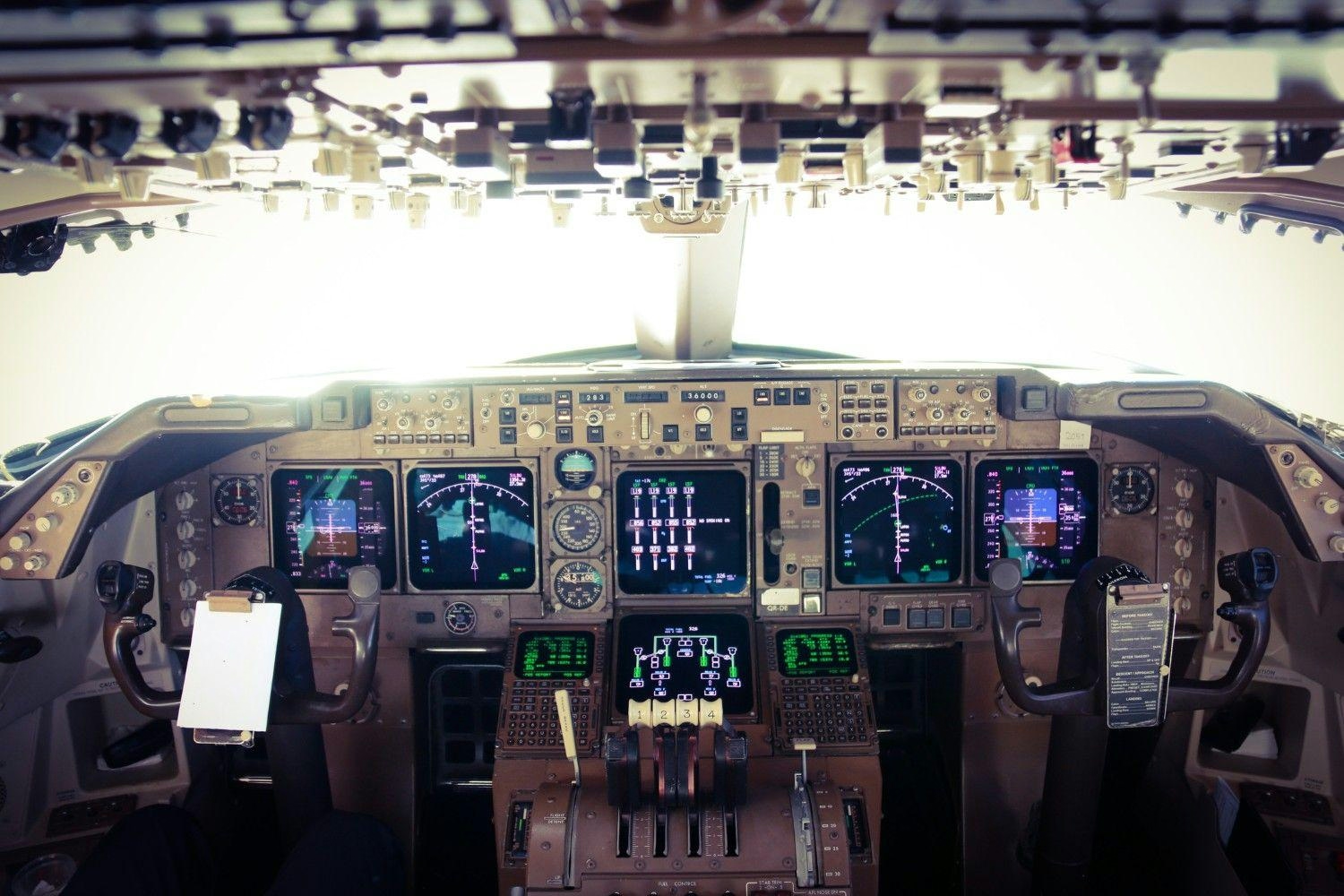
Air India Engine Shutdown: Pilots’ Body Explains FADEC Fuel Cut-Off Theory
Air India Engine Shutdown: Pilots’ Body Highlights FADEC Fuel Cut-Off Theory
Emerging Theories on Engine Failure
The Aircraft Accident Investigation Bureau (AAIB) has suggested that a possible fuel switch error may have caused the catastrophic engine failure on Air India Flight 171. However, new perspectives are focusing on the aircraft’s advanced electronic systems, particularly the Full Authority Digital Engine Control (FADEC), as a potential factor in the incident. Preliminary reports indicate that the crash was initiated by the sudden movement of fuel-control switches to the "cut-off" position, which resulted in both engines being starved of fuel. Cockpit voice recordings reveal that the captain may have cut the fuel flow while the first officer was at the controls. Despite these findings, the Federation of Indian Pilots (FIP) has urged caution against attributing blame to the crew based on early assumptions, emphasizing the need to consider all possible technical causes.
The Role of FADEC and Related Systems
At the heart of the latest theory is the FADEC system, often described as the "brain" of modern aircraft such as the Boeing 787. FADEC is responsible for monitoring and managing critical engine functions, including fuel flow and engine speed, and it has the capability to override pilot commands based on sensor inputs. This system operates in conjunction with the Electronic Engine Controller (EEC) and the Thrust Control Malfunction Accommodation (TCMA) systems. The FIP has raised concerns that a malfunction within these interconnected systems—potentially triggered by faulty sensor data—could have caused FADEC to shut down both engines without any manual input from the crew. This possibility challenges the initial narrative by suggesting that the engine failure may have led to an automatic movement of the fuel switches to the cut-off position, rather than a manual error by the pilots.
Expert Insights and Calls for Thorough Investigation
Aviation attorney Mary Schiavo, speaking to FinancialExpress.com, underscored concerns regarding the TCMA system, which informs FADEC whether the aircraft is on the ground or airborne. She referenced previous incidents, including a 2019 All Nippon Airways (ANA) Boeing 787 flight where FADEC triggered a dual engine shutdown due to erroneous sensor input. Schiavo also mentioned an ongoing investigation into a 2025 United Airlines 787 incident involving uncommanded dives, believed to be linked to software or computer malfunctions. In light of these concerns, the FIP has called for a comprehensive reassessment of the roles played by FADEC, EEC, and TCMA malfunctions in the Air India crash. The pilots’ association is urging investigators to meticulously analyze data from the Flight Data Recorder (FDR), Cockpit Voice Recorder (CVR), and relevant Boeing service bulletins before reaching any conclusions.
In response to the preliminary findings, India’s aviation regulator has mandated inspections of Boeing fuel switches across airline fleets. Meanwhile, families of the victims continue to seek detailed answers as the investigation unfolds. The FIP stresses the importance of a thorough and impartial inquiry, cautioning against premature judgments regarding crew actions until all technical possibilities have been fully examined.
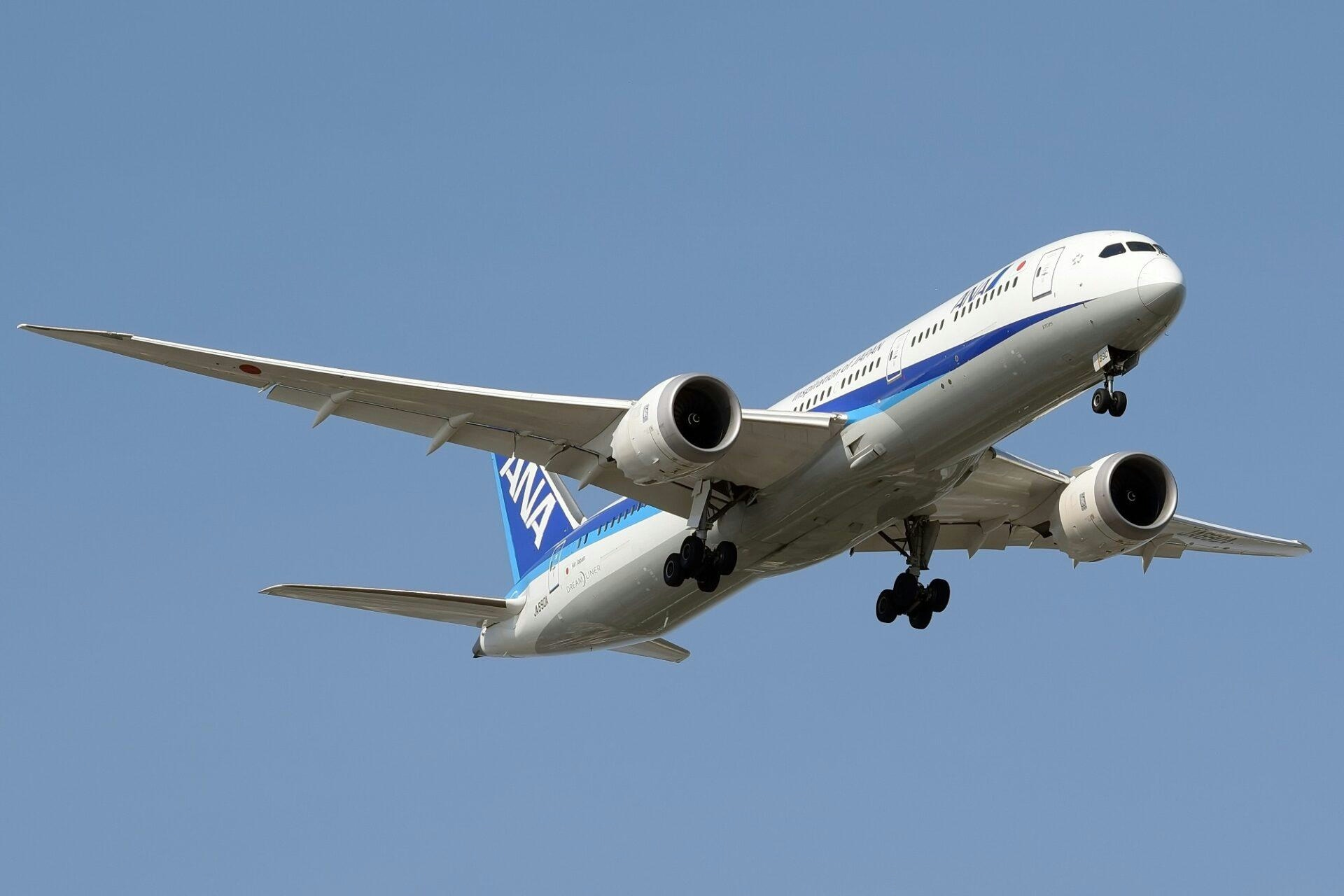
ANA Introduces AI Technology to Predict Turbulence with 86% Accuracy
ANA Introduces AI Technology to Predict Turbulence with 86% Accuracy
Advancing Flight Safety through Artificial Intelligence
All Nippon Airways (ANA) has implemented a pioneering artificial intelligence (AI) system designed to predict turbulence with an accuracy rate of 86 percent, marking a significant advancement in aviation safety and passenger comfort. Developed in collaboration with BlueWX, a company born from a partnership with Keio University, the system utilizes deep learning algorithms trained on a decade of turbulence data. This initiative positions ANA as the first airline to deploy BlueWX’s technology fleet-wide following successful trials involving 2,500 pilots.
The project, which began in 2019 and culminated in the establishment of BlueWX in 2023, addresses a longstanding challenge in the airline industry. Hiroyuki Kometani, ANA’s Executive Vice President of Operation Division, emphasized the importance of this development, stating that the integration of AI and deep learning techniques will provide a more reliable and comfortable travel experience for passengers. The AI model demonstrated superior performance compared to traditional turbulence forecasting methods during extensive testing phases that started in 2021, with pilots reporting enhanced reliability and real-world effectiveness.
Addressing a Growing Safety Concern
Turbulence remains a critical safety and operational issue for airlines globally. According to the National Transportation Safety Board (NTSB), turbulence is responsible for 30 to 50 percent of aviation incidents, with recent years witnessing serious injuries and fatalities, including the death of a British passenger in 2024. Beyond the immediate safety risks, turbulence contributes to significant economic losses through cargo damage, equipment repairs, and delays caused by unscheduled inspections.
Kaz Watanabe, CEO of BlueWX, highlighted the increasing severity of turbulence, partly attributed to climate change, and underscored the urgency of deploying advanced predictive technologies. While ANA’s AI system represents a major technological breakthrough, the airline acknowledges ongoing challenges in maintaining the model’s accuracy and reliability across diverse flight conditions and altitudes. Ensuring consistent performance in varying weather scenarios will be essential as the system is integrated more broadly.
Industry Impact and Future Prospects
The introduction of this AI-powered turbulence prediction system has been met with positive market reactions, with expectations that it will enhance passenger confidence and potentially increase demand for ANA’s services. Industry analysts anticipate that other airlines may accelerate the development and adoption of similar AI technologies to improve their turbulence forecasting capabilities, aiming to match ANA’s gains in operational efficiency and customer satisfaction.
Looking forward, BlueWX intends to expand its AI-driven weather forecasting solutions to additional airlines, seeking to elevate safety standards and operational effectiveness throughout the aviation sector. This development signals a broader shift towards leveraging artificial intelligence to address complex challenges in air travel.
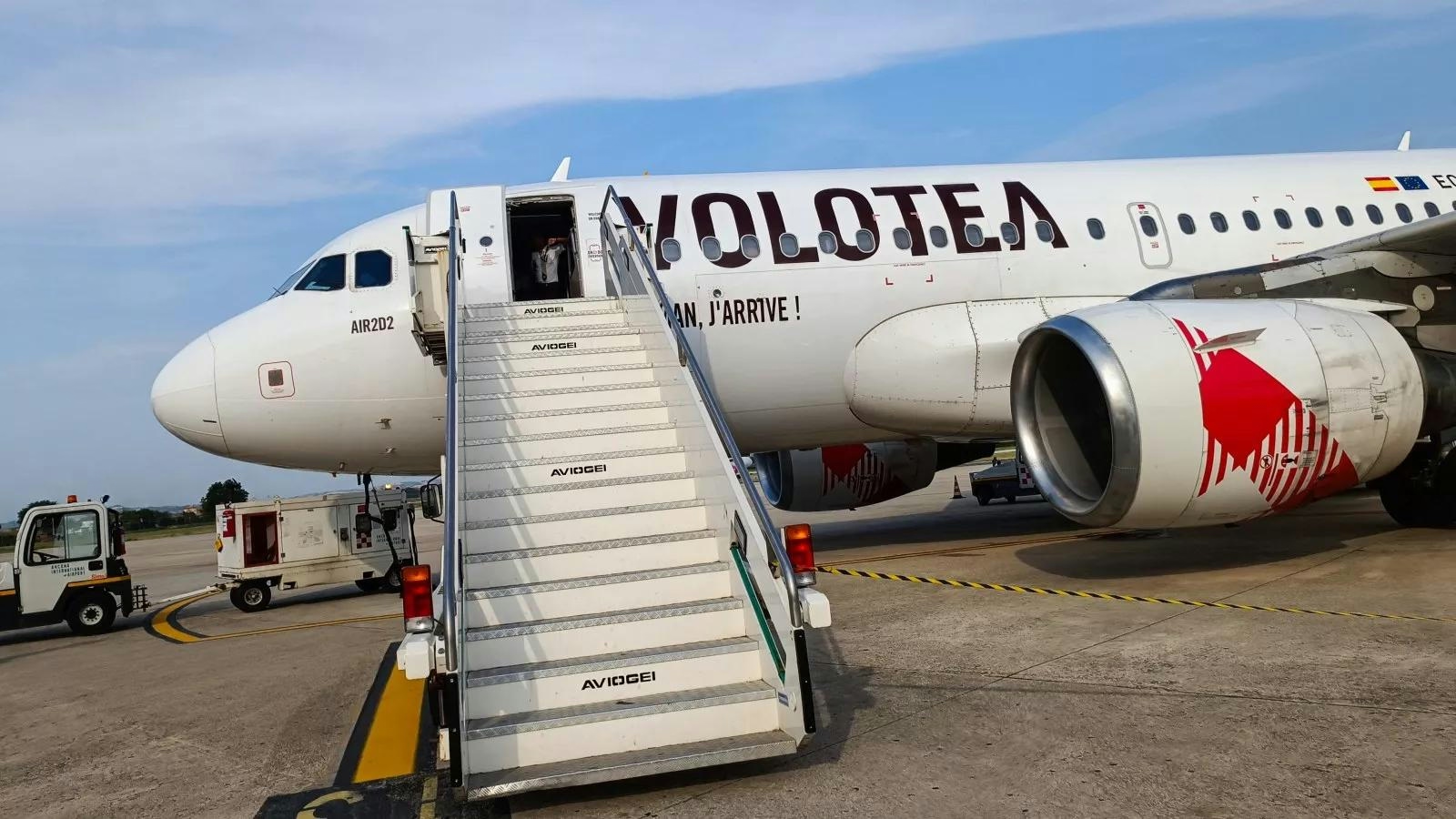
Investigation Launched into Fatal Injury Caused by Volotea A319 Engine at Milan Bergamo Airport
Investigation Launched into Fatal Injury Caused by Volotea A319 Engine at Milan Bergamo Airport
A tragic accident at Milan Bergamo Airport has resulted in the death of a ground worker after being struck by the engine of a Volotea Airbus A319 during taxiing operations. The incident occurred as the aircraft was maneuvering along a taxiway in preparation for departure. Italian authorities have initiated a formal investigation to establish the exact circumstances surrounding the fatality.
Details of the Incident
The accident took place at Milan Bergamo Airport, a key hub for low-cost carriers in northern Italy. The Volotea Airbus A319 involved, a narrow-body aircraft typically deployed on short- and medium-haul routes, was not carrying passengers at the time of the incident. Preliminary reports indicate that the victim, whose identity has not been disclosed, was working in close proximity to the aircraft’s engine when the accident occurred. The flight crew onboard the aircraft were unharmed.
Investigators are currently examining whether the engine was operating at high thrust during the incident and if all standard safety protocols were properly observed. The precise sequence of events remains under review as authorities gather further evidence.
Investigation and Regulatory Response
Italy’s Civil Aviation Authority (ENAC) has launched a comprehensive inquiry focusing on airport safety procedures and the aircraft’s taxiing operations. The investigation seeks full cooperation from Volotea, airport management, and ground personnel to clarify the factors that contributed to the fatal accident.
The inquiry will evaluate whether established safety measures were adhered to and if any technical or procedural lapses played a role. The findings are anticipated to influence future safety protocols and may have wider implications for ground operations across Italian airports.
Airport and Airline Statements
Both Milan Bergamo Airport and Volotea have expressed their condolences to the family of the deceased and have pledged full cooperation with the ongoing investigation. Airport officials confirmed that the accident occurred during routine taxiing and noted that overall airport operations were not significantly disrupted. They also emphasized their commitment to reviewing and enhancing safety protocols to prevent similar incidents in the future.
A spokesperson for Volotea stated, “We are deeply saddened by this tragedy and are fully cooperating with the authorities to understand the cause of this incident. Our thoughts are with the family of the individual involved, and we are committed to supporting the investigation process in any way possible.”
Broader Implications for Volotea and the Industry
This incident places Volotea under heightened regulatory scrutiny and may expose the airline to compensation claims as well as reputational challenges. Should Volotea be publicly traded, market reactions could include fluctuations in its stock price. Competitors within the industry may respond by reinforcing their own safety measures and issuing public reassurances to maintain customer confidence.
The tragedy highlights the critical importance of strict adherence to ground safety protocols, particularly in the vicinity of active aircraft engines. Modern jet engines, such as those fitted on the Airbus A319, present significant hazards if safety procedures are not rigorously enforced. The ongoing investigation will be closely monitored by industry stakeholders and the public alike.
For further updates, official statements from Volotea and Italian aviation authorities should be consulted.
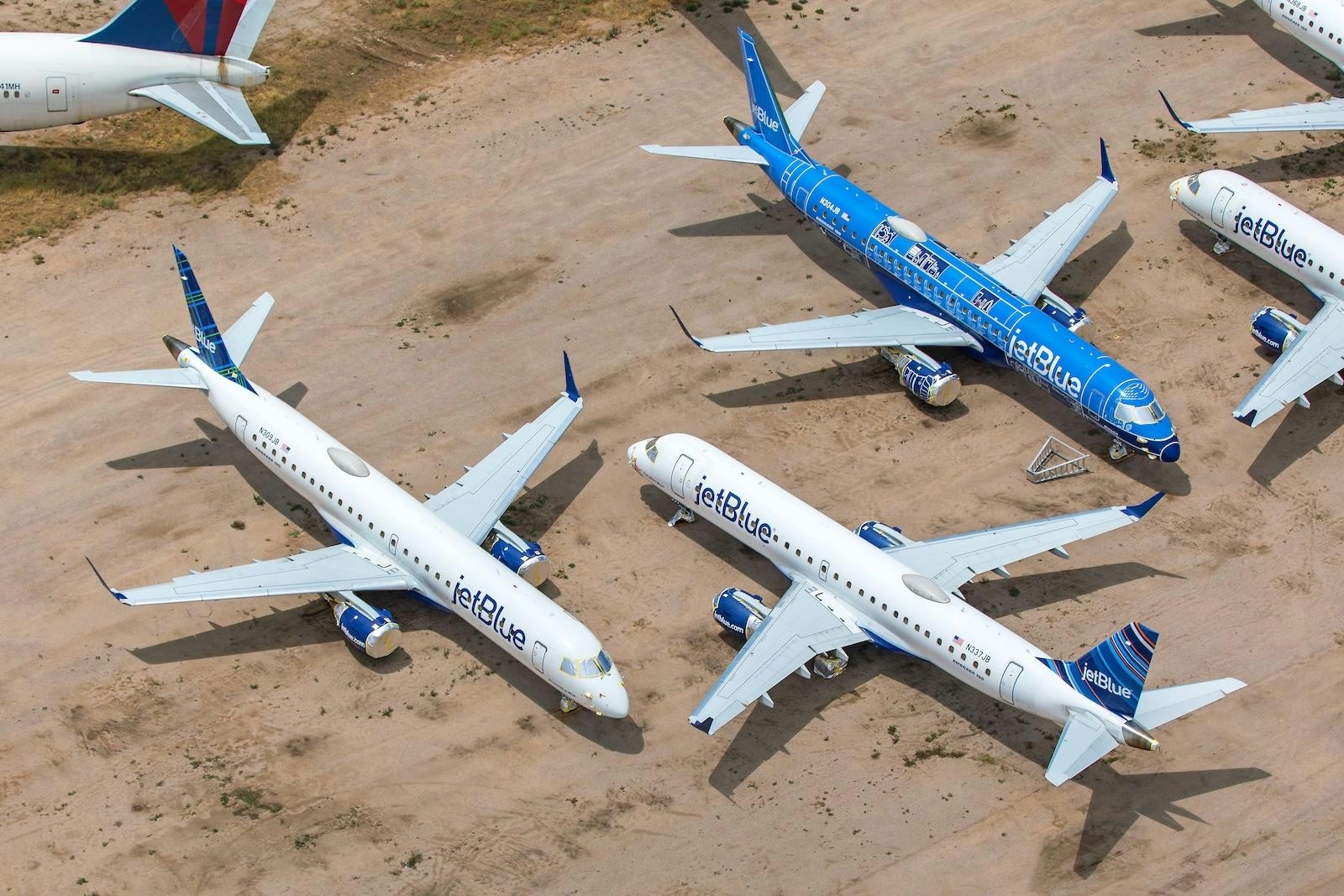
JetBlue Sells 12 Embraer E190s Ahead of Fleet Retirement
JetBlue Sells 12 Embraer E190s Ahead of Fleet Retirement
JetBlue Airways has finalized the sale of 12 Embraer E190-100 aircraft along with 12 CF34-10E6 engines to Werner Aero, a specialist in the aviation aftermarket. This transaction aligns with JetBlue’s ongoing plan to retire its E190 fleet. Werner Aero confirmed on August 5, 2025, that the aircraft and engines will be delivered to Ascent Aviation’s maintenance, repair, and overhaul (MRO) facility in Marana, Arizona, between June 2025 and February 2026.
Strategic Acquisition for Werner Aero
Werner Aero views this acquisition as a strategic move to bolster its position in the high-demand E-Jet aftermarket segment. Tony Kondo, CEO of Werner Aero, emphasized the company’s commitment to supporting the E-Jet platform, stating that the addition of these twelve aircraft will enhance customer access to quality assets. This, in turn, is expected to improve fleet reliability and help reduce operational costs for operators relying on these jets.
Context and Implications for JetBlue and the Industry
JetBlue’s decision to divest its E190s comes at a critical juncture for the U.S. aviation sector, which is showing signs of recovery following a period of downturn. Reports from The Wall Street Journal and Reuters highlight improving demand and a rebounding travel market. Nevertheless, the sale introduces certain challenges. Aviation Week Network has noted that tariffs imposed on Embraer could influence the aftermarket value and operational expenses related to these aircraft. Furthermore, competitors may adjust their fleet strategies in response to JetBlue’s transition, potentially intensifying competition within the sector.
According to ch-aviation data, JetBlue currently operates nine Embraer E190-100s, with an additional 26 aircraft listed as inactive. The airline was the launch customer for the E190-100 model in 2005, initially ordering 101 aircraft with options for 100 more. The first 100-seat E190-100 entered service on November 8, 2005, operating between Boston Logan International Airport and New York John F. Kennedy International Airport. To celebrate the launch, JetBlue famously offered free BOS-JFK flights to 190 people dressed in blue in Manhattan.
JetBlue plans to retire its remaining E190-100s by September 4, 2025, marking the conclusion of a significant chapter in the airline’s history. The market’s response to this fleet transition will likely be shaped by broader economic trends and the evolving competitive dynamics within the aviation industry.
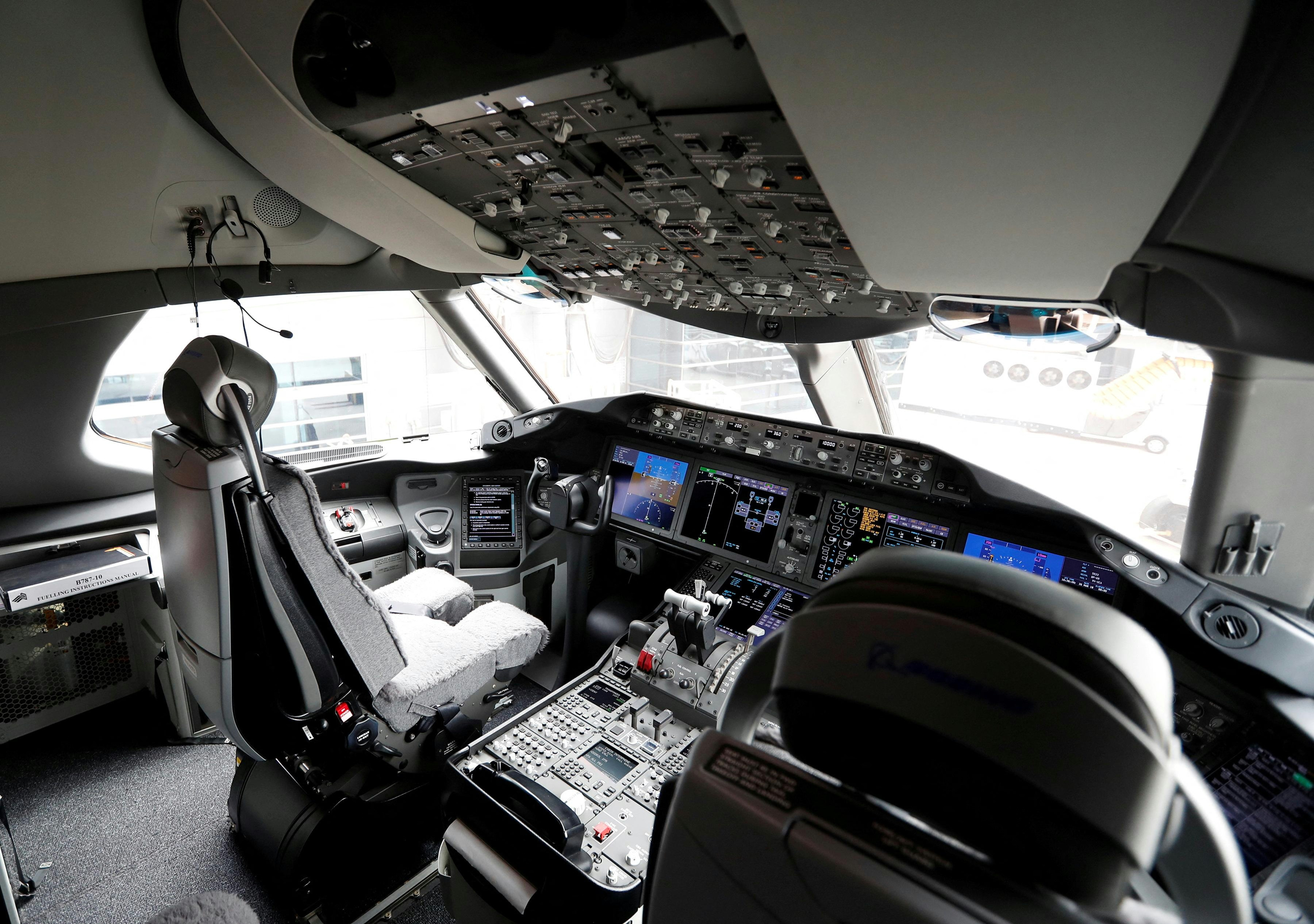
US Expert: Boeing 787 Experienced Fuel Switch Cut-Off in 2019; Japanese Pilots Did Not Intervene
US Expert Highlights Fuel Switch Cut-Off in 2019 Boeing 787 Incident; Japanese Pilots Did Not Intervene
A preliminary investigation into the Air India AI 171 crash in Ahmedabad has renewed focus on the Boeing 787’s fuel switch system. India’s Aircraft Accident Investigation Bureau (AAIB) reported that the fuel switch had shifted from the “Run” to the “Cutoff” position prior to the crash. The 15-page report, released this week, included a paraphrased exchange between Captain Sumeet Sabharwal and First Officer Clive Kunder, in which one pilot questioned the other about cutting off the fuel supply. Both pilots denied any deliberate action to do so. Shortly thereafter, a Mayday call was issued, and the aircraft crashed into a hostel for medical students, resulting in the deaths of all on board.
The AAIB report does not clarify how or why the fuel switch moved to the “Cutoff” position, leaving open the possibility of either pilot error or mechanical malfunction. To provide further insight, FinancialExpress.com consulted Mary Schiavo, a US aviation expert, who dismissed theories of intentional pilot intervention. Schiavo emphasized the absence of evidence supporting deliberate action and called for the full release of cockpit voice recorder (CVR) transcripts to avoid misinterpretation. She stated, “There is nothing here to suggest pilot suicide or murder.”
Parallels with 2019 ANA Boeing 787 Incident
Schiavo also referenced a similar event in 2019 involving an All Nippon Airways (ANA) Boeing 787. During final approach from Tokyo to Osaka, both engines failed after the aircraft’s software erroneously detected that it was on the ground. This triggered the Thrust Control Malfunction Accommodation System, which cut fuel to the engines. According to Schiavo, the pilots did not engage the fuel cutoff switches. The malfunction was ultimately traced to a software glitch rather than human error. The ANA flight, carrying 109 passengers and 9 crew members, landed safely without injuries.
Regulatory Response and Ongoing Investigations
The Air India crash has intensified scrutiny of Boeing’s fuel switch mechanisms. India’s civil aviation authority has ordered inspections of cockpit fuel switches on Boeing aircraft following the AAIB’s findings. Meanwhile, the US Federal Aviation Administration (FAA) and Boeing have maintained that the fuel switch locks are safe. However, investigations continue to explore whether the Ahmedabad crash resulted from pilot action or a technical fault.
Regulatory bodies worldwide are responding to these concerns. The UK Civil Aviation Authority (CAA) issued a warning just weeks before the crash, highlighting potential issues with fuel shutoff valves on several Boeing models, including the 737, 757, 767, 777, and 787. The fuel control switches, housed within the Throttle Control Module (TCM), had been replaced on the ill-fated AI 171 aircraft in both 2019 and 2023. Despite these replacements, questions remain regarding the reliability of the locking mechanism.
The heightened regulatory scrutiny and ongoing investigations have placed significant pressure on Boeing, with potential repercussions for its market position and investor confidence. As authorities continue to determine the root cause of the AI 171 crash, the aviation industry is preparing for possible safety reviews and further regulatory measures.
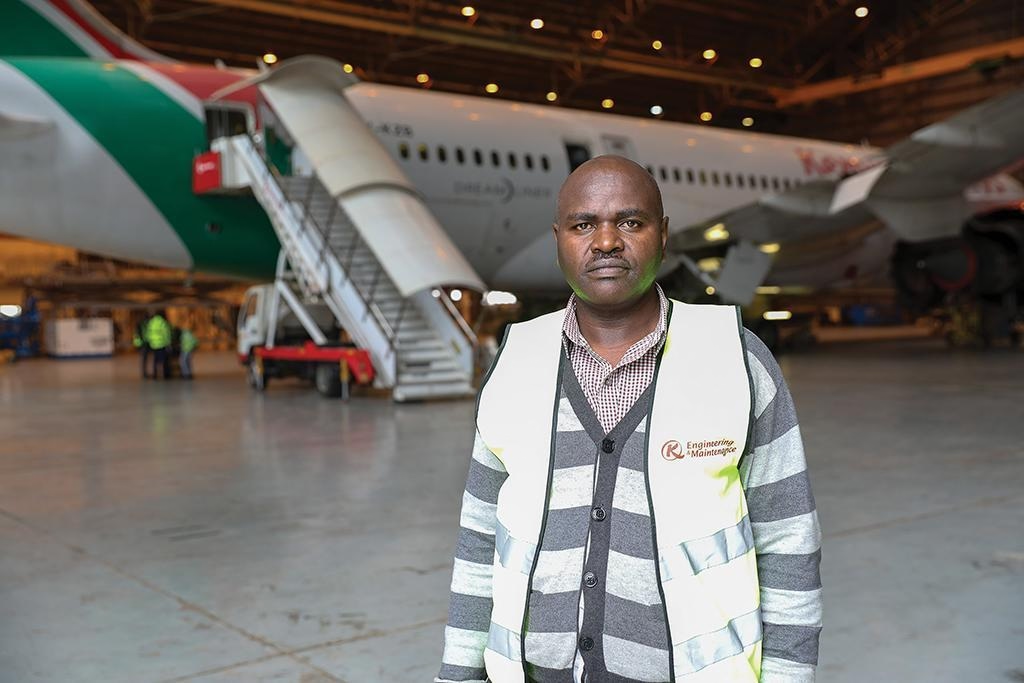
MRO Expands Operations in Africa
MRO Expansion Signals New Momentum in African Aviation
Unscheduled maintenance challenges continue to impede the growth of African aviation, as exemplified by Nigeria’s Air Peace cancellation of flights to six states in January. Across the continent, numerous African-registered aircraft remain grounded at foreign bases due to unpaid bills, underscoring persistent operational and financial difficulties. Ali Tounsi, secretary-general of ACI Africa, highlighted these infrastructure shortcomings during a recent African Airlines Association (AFRAA) webinar, stressing that the sector’s advancement hinges on enhanced government involvement, regional collaboration, and targeted investment. While some regions are beginning to recover from the pandemic’s impact, Central Africa remains hindered by inadequate infrastructure and high operating costs, and political instability continues to affect parts of Northern Africa.
Emerging MRO Initiatives and Strategic Partnerships
Despite these challenges, investor confidence in Africa’s aviation sector is gradually improving. Domestic airlines such as United Nigeria, XEJet, and Ibom Air are spearheading new maintenance, repair, and overhaul (MRO) initiatives. United Nigeria recently signed a memorandum of understanding with Montreal-based Cronos Aviation to establish an MRO facility in Nigeria, which will incorporate technology transfer and technical training for local staff. In January, XEJet commenced construction of a $10 million MRO, flight support, and engineering center at Abuja’s Nnamdi Azikiwe International Airport, with backing from Nigeria’s aviation minister.
Ibom Air is also advancing its maintenance capabilities through collaboration with Airbus Consulting on a long-term MRO strategy that includes comprehensive A220 maintenance. The airline is reportedly considering replacing its Bombardier CRJ900 fleet with Airbus A220s, a transition that would necessitate substantial investment in local maintenance infrastructure. Chief Operating Officer George Uriesi emphasized the airline’s commitment to conducting maintenance domestically but acknowledged the significant investment required and the need for partnerships with established MRO providers to address gaps in staffing and technical expertise.
Industry experts caution that while government approvals for new MRO facilities are promising, the processes of construction and certification remain formidable obstacles. Olumide Ohunayo, director of research at Zenith Travels, observed that overcoming these challenges could elevate Nigeria to the ranks of Morocco, Ethiopia, and South Africa as regional MRO hubs, capable of servicing both domestic fleets and those of neighboring countries lacking such infrastructure.
Challenges and Prospects for Africa’s MRO Sector
The African MRO sector continues to face significant headwinds, including acute labor shortages and ongoing supply chain disruptions. The expansion of global competitors such as Safran and Airbus on the continent is intensifying competition. Nonetheless, the African MRO market is projected to grow at a compound annual growth rate of 4.79% through 2030, reflecting robust underlying demand.
Industry leaders look to international examples for guidance. Captain Samuel Caulcrick, CEO of Merchant Express Cargo Airlines, highlighted the critical role of state-backed financing and infrastructure investment in the success of aviation sectors in China and the Middle East. He advocated for the creation of an aviation development bank in Africa, modeled after the China Development Bank, to provide low-cost capital and strategic investment necessary to modernize the continent’s aviation infrastructure, including MRO facilities.
As Africa’s aviation sector strives to surmount longstanding challenges, the emergence of new MRO projects and increasing investor interest mark a pivotal moment, with the potential to significantly enhance regional capabilities and competitiveness in the years ahead.
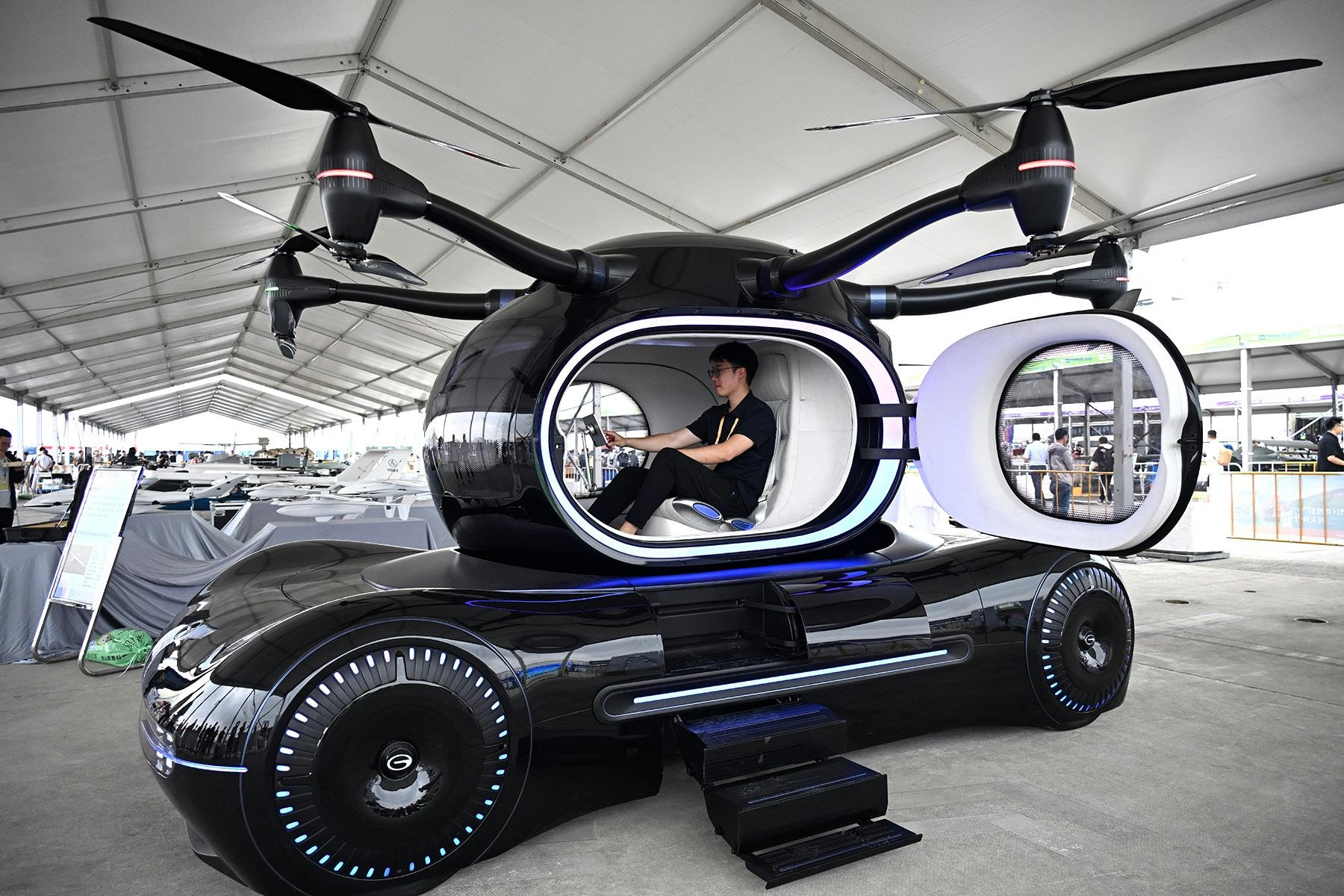
Chinese Manufacturer Unveils All-Electric Flying Car Planned for Mass Production
Chinese Manufacturer Unveils All-Electric Flying Car Planned for Mass Production
A New Era in Urban Mobility
China’s GAC Group has unveiled the Govy AirCab, its first all-electric flying car designed for mass production, marking a significant advancement in the development of urban air transportation. This two-seater electric vertical take-off and landing (eVTOL) vehicle is engineered for short-range urban flights, offering a range of nearly 19 miles per charge alongside ultra-fast charging capabilities. Currently undergoing trial flights, GAC aims to commence mass production and begin customer deliveries by 2026.
The AirCab targets what GAC describes as the “low-altitude economy,” a sector that includes air taxis and small private aircraft. This market is projected by Morgan Stanley to reach a staggering $9 trillion globally by 2050. Priced at approximately 1.69 million yuan (around $233,000), the AirCab incorporates advanced features such as 5G connectivity, voice-activated assistants, cloud-based smart controls, and customizable cabin environments that adjust temperature, music, and even scent to passenger preferences.
Technological Innovation and Safety Features
The AirCab is equipped with Level 4 ground autonomy, enabling it to operate independently under certain conditions while detecting obstacles from distances exceeding 984 feet. Safety considerations are paramount; in emergency situations, the passenger cabin can detach from the main body of the vehicle. Constructed almost entirely from carbon fiber, the AirCab is notably lightweight, and its high-density cylindrical batteries facilitate rapid charging. These technological attributes aim to make short urban flights as convenient and routine as a typical lunch break.
Challenges and Competitive Landscape
Despite its promising technology, GAC faces considerable challenges. Regulatory approval for flying vehicles remains a complex and evolving issue worldwide, with airspace integration and safety standards still under development. The company also confronts intense competition from global players such as Virgin Atlantic, Joby Aviation, and Beta Technologies, all of which are advancing their own eVTOL projects. Within China, domestic automakers including XPeng and EHang are similarly racing to develop comparable vehicles, heightening the technological rivalry.
Market acceptance presents another significant hurdle. While Chinese electric vehicles have made inroads in Europe—capturing, for instance, a 10% market share in Norway—the adoption of flying cars by consumers remains uncertain. In the United States, established automakers have responded cautiously, often employing trade protections to counter the expanding influence of Chinese firms in the electric and autonomous mobility sectors.
Environmental and Future Implications
If widely adopted, electric flying cars like the AirCab could contribute to reducing emissions associated with traditional gas-powered transportation, offering a more environmentally sustainable and efficient alternative for urban travel. The AirCab thus provides a glimpse into a future where innovative and sustainable transport solutions may fundamentally transform urban mobility. As the race to dominate the skies intensifies, GAC’s entry signals the growing momentum behind the development of electric flying vehicles.
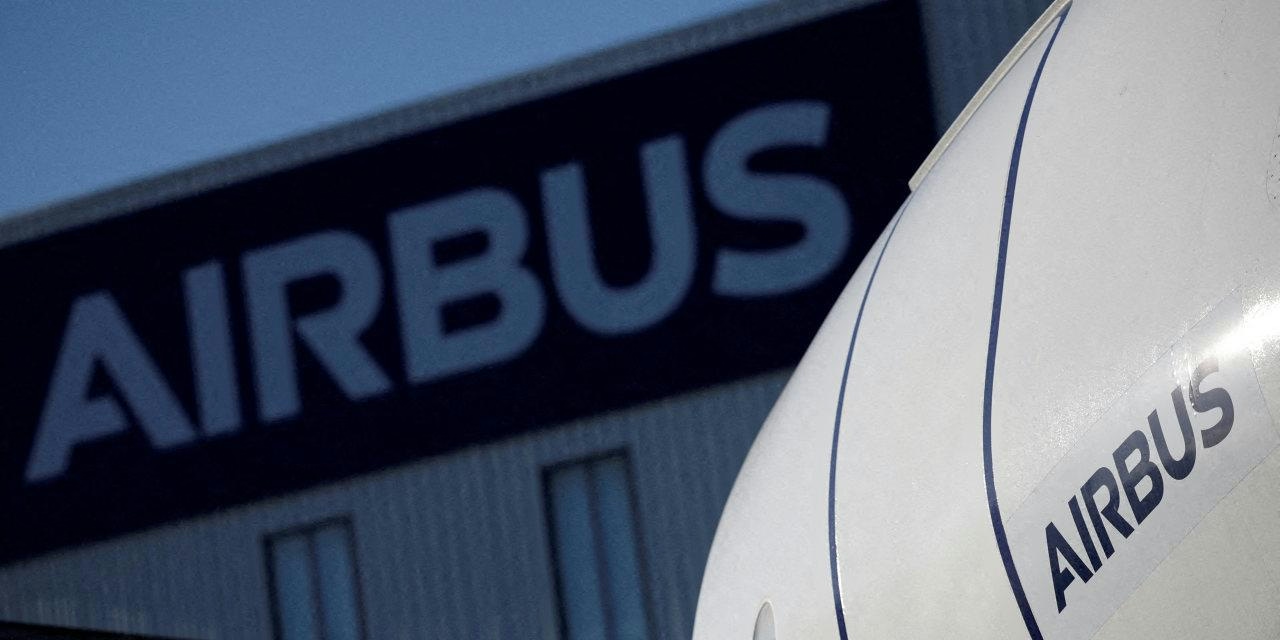
Airbus Monthly Deliveries Continue to Increase
Airbus Monthly Deliveries Continue to Increase
Airbus has reported a steady rise in aircraft deliveries for the third consecutive month, signaling renewed momentum for the European aerospace manufacturer. On August 7, 2025, the company announced it delivered 67 jets to 41 customers in July, bringing its total deliveries for the year to 373. This increase follows 63 deliveries in June, 51 in May, and 56 in April, reflecting a consistent upward trend in production and distribution.
Delivery Performance and Industry Outlook
The latest figures come shortly after Airbus reaffirmed its annual target of approximately 820 aircraft deliveries during its half-year results announcement on July 30. Earlier in the year, this goal appeared ambitious amid ongoing industry headwinds, but the recent pace suggests Airbus is now on track to meet its objective. CEO Guillaume Faury highlighted that 60 completed aircraft are currently awaiting engines, underscoring persistent supply chain complexities that continue to challenge the sector.
Among the July deliveries, six A350s were handed over to major carriers including Emirates, Air France, Iberia, Japan Airlines, Etihad, and Turkish Airlines. Notably, Etihad received its first of 30 Airbus A321LRs, featuring premium cabins typically reserved for long-haul flights—a regional first. Airbus also secured seven new orders in July, with Condor purchasing four A330neos and an undisclosed customer ordering three A321neos.
Challenges and Market Dynamics
Despite the positive delivery momentum, Airbus continues to face significant challenges. Persistent supply chain disruptions, rising production costs, and the need to comply with evolving regulatory standards remain substantial hurdles. These factors could affect the company’s ability to sustain its current delivery pace and meet its annual targets.
Market reactions to Airbus’s improved performance have generally been favorable, with increased investor confidence reflecting optimism about the company’s prospects. However, some analysts caution that a rapid ramp-up in deliveries could lead to overcapacity in the market, potentially exerting downward pressure on aircraft values and airline profitability.
Meanwhile, competitors are closely monitoring Airbus’s progress. Boeing, in particular, may respond by accelerating its own production schedules or introducing new aircraft models to maintain its market share. This evolving competitive landscape highlights the high stakes in the global aerospace industry as manufacturers strive to recover from recent disruptions and capitalize on renewed demand.
As Airbus works to overcome operational challenges and deliver on its ambitious targets, the coming months will be critical in determining whether the company can maintain its upward trajectory amid a dynamic and competitive market environment.
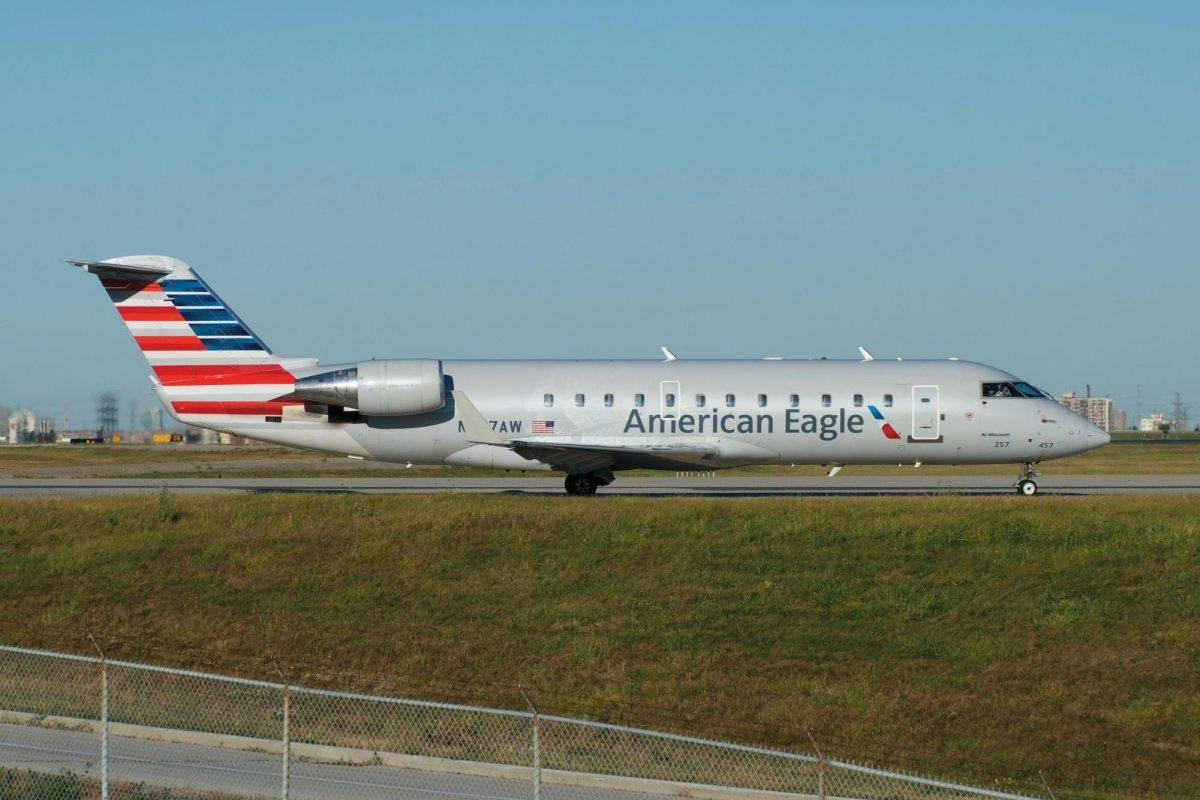
Air Wisconsin Wins First Essential Air Service Contract
Air Wisconsin Awarded First Essential Air Service Contract
The US Department of Transportation (DOT) has granted Air Wisconsin its inaugural Essential Air Service (EAS) contract, designating the regional carrier to operate flights between Parkersburg, Ohio, and Charlotte Douglas International Airport. The two-year agreement, commencing on October 1, 2025, will involve the deployment of 50-seat CRJ200 aircraft, providing 12 round-trip flights weekly.
Strategic Shift and Competitive Selection
This contract marks a significant strategic pivot for Air Wisconsin, which earlier in 2025 concluded its capacity purchase agreement with American Airlines to concentrate on EAS routes and charter operations. The Parkersburg-Charlotte route is presently served by Contour Airlines; however, Air Wisconsin’s bid was selected as the lowest-cost option among five contenders, including Breeze Airways, Contour, Denver Air Connection, and SkyWest Airlines.
Although the local airport authority initially favored SkyWest’s proposal, it ultimately endorsed Air Wisconsin’s offer. The decision was influenced by the carrier’s alignment with service requirements and the advantage of a direct connection to American Airlines’ Charlotte hub, complete with full codeshare benefits.
Operational Considerations and Industry Context
Air Wisconsin currently operates a fleet of 61 CRJ200 aircraft, with only two actively in service, according to ch-aviation data. The airline’s entry into the EAS market introduces new competitive dynamics, potentially prompting rival carriers to adjust pricing strategies or enhance service offerings to retain market share.
Nonetheless, Air Wisconsin faces several challenges in expanding into the EAS program. The carrier must ensure strict compliance with federal regulations, uphold high service quality standards, and effectively manage operational costs to meet program expectations. These demands are further complicated by broader industry concerns, notably cybersecurity risks. Recent events, such as Alaska Airlines’ temporary grounding following a suspected cybersecurity breach, have highlighted the critical need for robust digital security measures across the aviation sector.
As Air Wisconsin prepares to inaugurate its first EAS route, the airline industry continues to navigate an evolving landscape shaped by regulatory, operational, and security considerations. ch-aviation has sought comment from Air Wisconsin regarding the new contract.

Rep. Jennifer Kiggans Introduces the Local Innovation for Flight Technologies Act of 2025
Rep. Jennifer Kiggans Introduces the Local Innovation for Flight Technologies Act of 2025
Representative Jennifer Kiggans has introduced H.R. 4686, known as the Local Innovation for Flight Technologies Act of 2025, a bipartisan legislative effort designed to advance the regulation and deployment of unmanned aircraft systems (UAS), commonly referred to as drones, throughout the United States. Supported by seven cosponsors, the bill aims to accelerate the integration of innovative flight technologies while addressing the regulatory and safety challenges that currently limit their broader adoption.
Provisions to Expand and Regulate UAS Operations
A central feature of the bill is the directive for the Secretary of Transportation to issue a proposed rule within 30 days of enactment to enable routine Beyond Visual Line of Sight (BVLOS) operations for drones. This rulemaking process is to be completed with a final rule within six months, facilitating expanded commercial and public use of UAS beyond the operator’s direct line of sight. To ensure safety, the Secretary is also required to establish performance and safety metrics for BVLOS operations within the same 30-day period.
The legislation mandates a comprehensive review of existing regulatory barriers to BVLOS implementation, with findings and recommendations due within 180 days. This review aims to identify and address obstacles that hinder the deployment of advanced drone operations. Additionally, the bill calls for an exploration of compliance options for UAS operating over international waters, focusing on challenges posed by international aviation conventions that currently govern manned aircraft.
In a move to modernize administrative processes, the Department of Transportation is tasked with deploying artificial intelligence tools within 120 days to expedite the review of UAS waiver applications. These AI systems will assess operational risks, reference similar approved operations, and help determine categories of drone activities that may not require individual waivers, thereby streamlining regulatory oversight.
The bill also establishes a pilot program for electric Vertical Takeoff and Landing (eVTOL) aircraft. This initiative involves coordination between the Secretary of Transportation and the Office of Science and Technology Policy to provide grants to local, state, and tribal governments for eVTOL deployment projects. Selected initiatives must include partnerships with private sector entities experienced in eVTOL development. The program’s progress will be monitored and reported to Congress, with an initial report due within 180 days and subsequent annual updates.
Emphasizing domestic industry, the legislation prioritizes the integration of UAS manufactured in the United States into the national airspace system whenever legally permissible. To maintain oversight, the Secretary is required to submit regular progress reports to Congress, ensuring transparency and accountability throughout the implementation process.
Industry Impact and Market Considerations
The bill’s provisions are poised to influence major aerospace and technology companies, including Boeing, United Airlines, Apple, and Amazon. Boeing and United Airlines stand to benefit from expanded UAS and eVTOL operations, while Apple and Amazon may leverage the streamlined regulatory framework to enhance drone integration and delivery services.
By focusing on local innovation and federal grant support, the legislation is expected to stimulate investment in regional aviation technologies. However, it also presents challenges related to balancing federal funding with private sector innovation, ensuring equitable distribution of resources across diverse regions, and navigating the complexities of regulatory compliance. Industry players may respond by forming collaborative partnerships to strengthen regional capabilities or by pursuing strategies to secure federal funding and maintain technological leadership.
As the Local Innovation for Flight Technologies Act of 2025 advances through Congress, its development will be closely monitored by stakeholders across the aviation, technology, and logistics sectors.
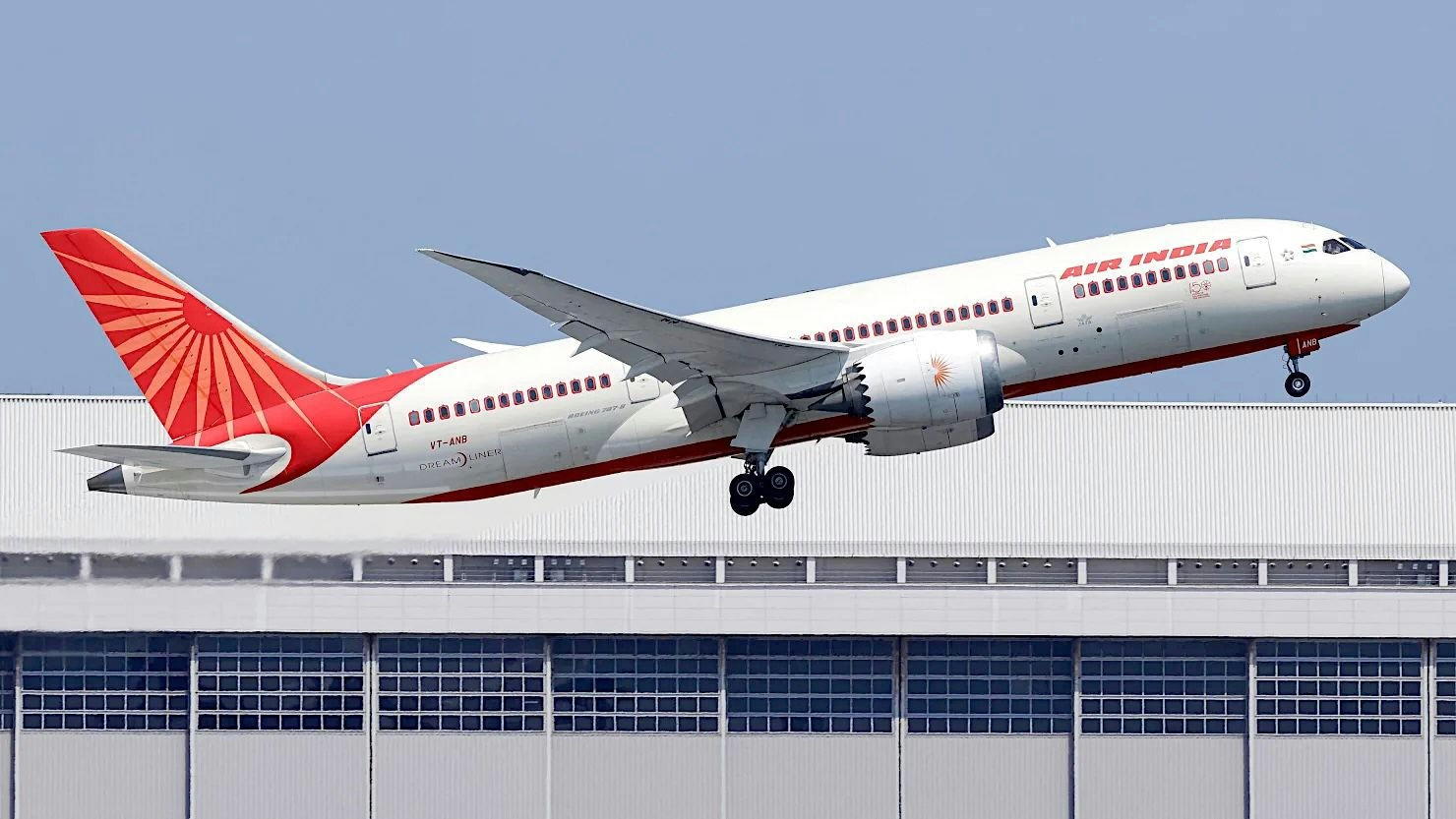
Aviation Expert: Boeing Dreamliner Software Reduced Fuel Use Twice Without Pilot Input
Aviation Expert Highlights Boeing Dreamliner Software’s Role in Fuel Cut Incidents
Aviation attorney and former US Department of Transportation Inspector General Mary Schiavo has cautioned against hastily attributing blame to pilots in the aftermath of the recent Air India crash. She underscored the significance of Boeing Dreamliner’s automated systems, which have been implicated in previous incidents involving unexpected fuel reductions without pilot intervention. Schiavo emphasized that the Boeing 787’s software is capable of independently cutting fuel to its engines, a factor that demands thorough investigation before fault is assigned.
Speaking to journalist Barkha Dutt, Schiavo noted that pilots are often blamed in approximately 75% of aviation incidents, yet many such accusations have been disproven. She described this tendency as not only unfair but overly simplistic and potentially harmful. “There are too many suspicious things to say, ‘Oh, it’s the pilots,’” she remarked, referencing earlier cases involving the same aircraft model where onboard systems autonomously reduced or cut fuel flow mid-flight.
Past Incidents and the TCMA System
Schiavo specifically cited a 2019 incident involving an All Nippon Airways (ANA) Boeing 787, where the aircraft’s system erroneously shut off fuel mid-air after mistakenly detecting that the plane had already landed. The software in question, known as the Thrust Control Malfunction Accommodation (TCMA) system, has been previously implicated in similar malfunctions. Designed to help the aircraft distinguish between flight and ground conditions, the TCMA can command the engines to reduce or cut power under certain circumstances. In the ANA case, the system’s premature fuel cutoff forced the plane to glide heavily to the runway. Fortunately, the incident occurred during landing rather than takeoff, preventing a crash.
Schiavo also referenced a more recent United Airlines Dreamliner flight from Washington, D.C., to Nigeria, where the aircraft reportedly entered a nose dive due to thrust and engine issues, again raising concerns about the behavior of automated systems.
Implications for Boeing and the Aviation Industry
The TCMA system, mandated by the US Federal Aviation Administration (FAA), lies at the heart of these concerns. Schiavo warned that errors by such automated protocols can have dire consequences, particularly during critical phases like takeoff when pilots have only seconds to react. These revelations come amid heightened scrutiny of Boeing, which is already grappling with a series of safety and production challenges.
The Air India crash has intensified regulatory and public attention, prompting increased inspections of Boeing 787 aircraft operated by Air India and causing flight delays and cancellations. The incident has also sparked broader questions regarding cockpit confusion, fuel management, and the reliability of automated systems, all of which are influencing perceptions of the Dreamliner’s safety.
Meanwhile, Boeing’s competitors are leveraging the situation to highlight their own advancements in software and integrated control technologies, positioning safety features as a key competitive advantage. As Boeing seeks to restore confidence in its flagship aircraft, experts like Schiavo stress the necessity of a comprehensive investigation that carefully weighs both human and technological factors before drawing conclusions.
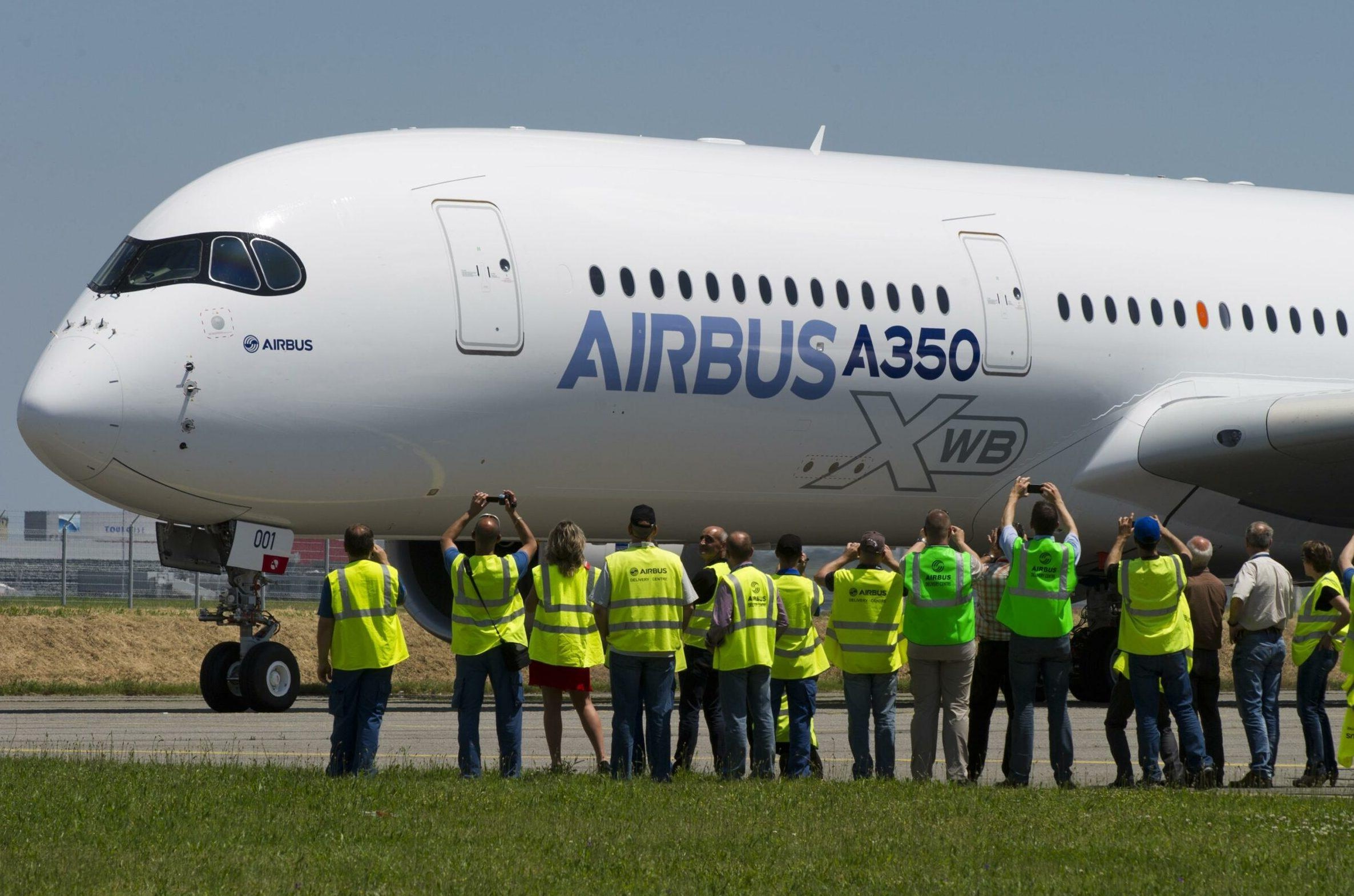
Airbus Develops New Widebody Model, the A350-2000
Airbus Develops New Widebody Model, the A350-2000
A Strategic Expansion in the Widebody Market
Airbus is advancing its position in the widebody aircraft sector with the development of the A350-2000, a stretched and enhanced iteration of the A350-1000. Announced ahead of the Paris Air Show 2025, this new model aims to directly challenge Boeing’s 777X by addressing the growing demand for efficient, high-capacity long-haul aircraft. Building on the proven A350-1000 platform, which accommodates up to 369 passengers, Airbus plans to extend the fuselage with additional plugs, potentially increasing seating capacity by approximately 40 seats to around 400–410 passengers. This expansion would place the A350-2000 in direct competition with the Boeing 777X’s projected capacity.
Technical Enhancements and Design Improvements
The A350-2000 will incorporate several key technical upgrades to support its increased size and passenger load. A new Type C emergency exit will be introduced to comply with safety and regulatory standards. Aerodynamic refinements to the wing design are expected to enhance lift and fuel efficiency, critical factors for long-haul operations. The aircraft will likely be powered by more advanced engines, possibly an upgraded or next-generation Rolls-Royce Trent XWB, to manage the higher maximum take-off weight and payload. Additionally, reinforced landing gear and structural improvements will be implemented to accommodate the larger airframe and increased operating weights.
Market Implications and Competitive Landscape
Airbus’s CEO emphasized the strategic significance of the A350-2000, highlighting its potential to offer greater range and capacity in an increasingly crowded aviation market. This development reflects Airbus’s ambition to capture a larger share of the ultra-long-haul and high-capacity segments, where efficiency and operational flexibility are paramount for airlines. Nevertheless, the A350-2000 will enter a highly competitive environment dominated by Boeing’s 777X, which benefits from an established market presence. Industry analysts suggest that airline responses may vary, with some prioritizing the long-term efficiency advantages of the A350-2000, while others may focus on immediate cost considerations or existing partnerships with Boeing.
In response, Boeing may accelerate 777X deliveries or introduce enhancements to maintain its competitive edge. Meanwhile, recent airline developments, including IndiGo’s expansion plans with Airbus and new partnerships involving Delta, Air France-KLM, and Virgin Atlantic, indicate growing confidence in the A350 family. These alliances could bolster Airbus’s position against Boeing as carriers seek versatile, fuel-efficient aircraft to support their global networks.
While the A350-2000 represents an evolutionary step rather than a revolutionary redesign, it leverages the A350’s established technology and design strengths. Its introduction marks a significant move by Airbus to address shifting industry demands and intensify competition within the widebody market. The aviation community will be closely watching the Paris Air Show 2025 for further details on this ambitious new aircraft.
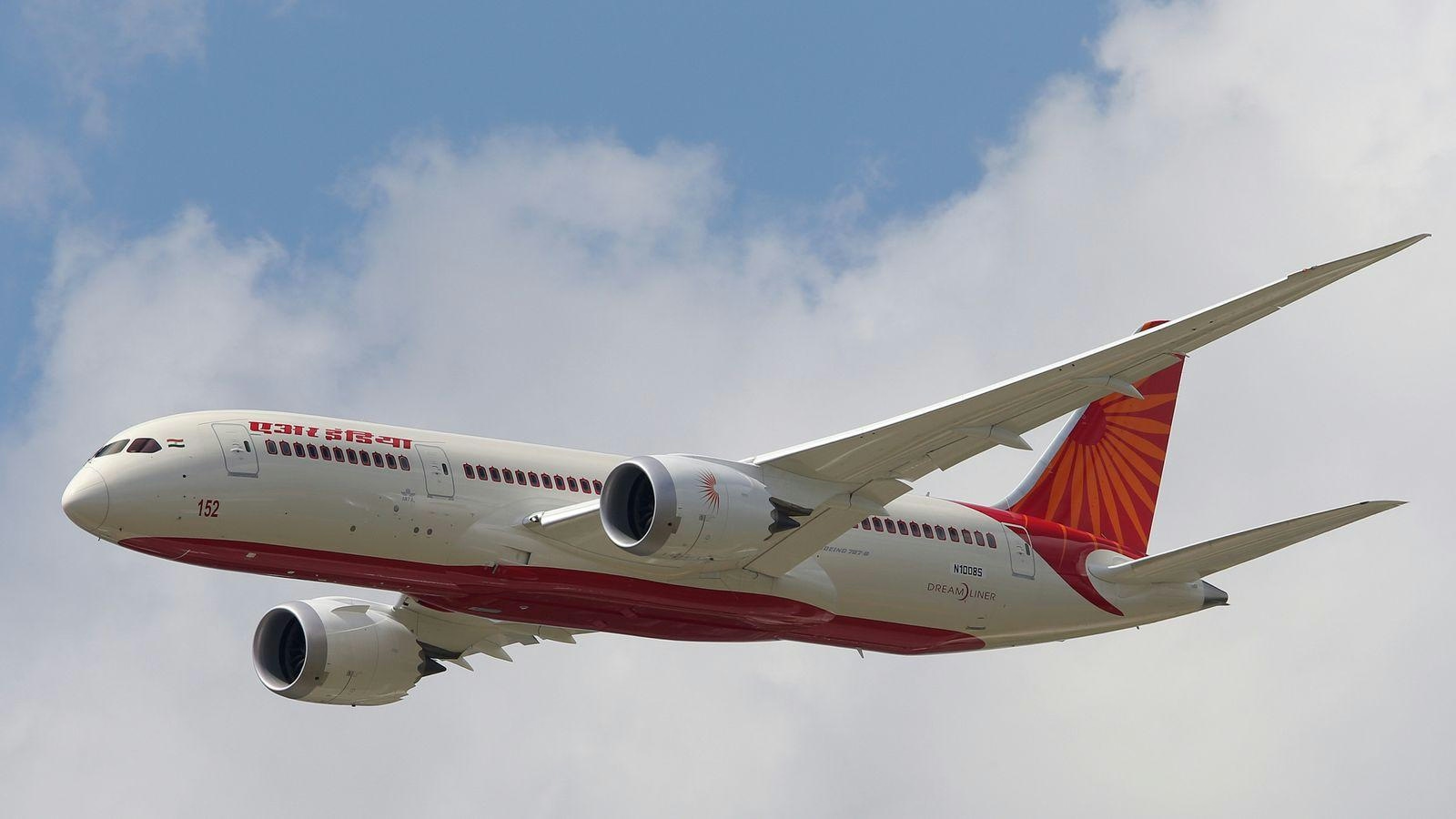
Aviation Expert Suggests Boeing 787 Software May Have Contributed to AI Crash
Aviation Expert Raises Concerns Over Boeing 787 Software in Air India Crash
Mary Schiavo, former Inspector General of the U.S. Department of Transportation and a prominent aviation attorney, has expressed serious concerns that a software-related engine thrust rollback malfunction in the Boeing 787 may have played a role in the recent crash of Air India Flight AI-171. In an exclusive interview with *The Sunday Guardian*, Schiavo highlighted a known issue previously examined by the U.S. National Transportation Safety Board (NTSB), where the aircraft’s computer systems could mistakenly reduce engine thrust during flight.
Drawing on her extensive experience overseeing major air safety investigations and representing families affected by aviation disasters, Schiavo emphasized the risks posed by Boeing’s involvement in its own crash investigations. She called on India’s Directorate General of Civil Aviation (DGCA) to undertake a comprehensive and independent inquiry, particularly given the complexity of the Boeing 787’s software systems.
Software Malfunction and Regulatory Concerns
Central to Schiavo’s warning is the Thrust Control Malfunction Accommodation (TCMA) system, mandated by the Federal Aviation Administration for the Boeing 787. The TCMA operates in conjunction with the Full Authority Digital Engine Control (FADEC) system, relying on computer inputs to determine whether the aircraft is airborne or on the ground. If these systems incorrectly classify the aircraft’s status, they may automatically adjust engine settings, potentially reducing thrust without any pilot intervention.
Schiavo referenced a 2019 incident involving Japan’s All Nippon Airways (ANA), where a similar dual engine thrust rollback occurred. The NTSB investigation into that event identified the issue as a software design flaw and led to corrective measures across the 787 fleet. According to Schiavo, such computer-triggered thrust reductions would leave distinct signatures in the flight data recorder, which investigators should carefully analyze in the case of AI-171.
Wider Implications for Boeing and the Aviation Industry
The possibility that Boeing 787 software contributed to the Air India crash is expected to heighten scrutiny from aviation regulators worldwide. Should software faults be confirmed, both Boeing and Air India could face significant legal consequences. The incident may also prompt a broader reassessment of software-related risks within the 787 fleet. Schiavo drew parallels to Boeing’s handling of the MCAS software issue, which previously sparked global controversy and regulatory intervention.
Beyond regulatory and legal ramifications, the crash carries immediate consequences for the global aviation insurance market. Industry analysts warn that insurance and reinsurance premiums could increase, particularly in India, where the aviation insurance sector has already been grappling with financial losses. Competitors may leverage the situation to highlight their own safety records and technological advancements, potentially affecting Boeing’s market position.
For Air India, the crash presents a critical challenge to its Vihaan.AI transformation program, which aims to elevate the airline to world-class status within five years. The investigation’s outcome and the airline’s subsequent response will be closely monitored by regulators, insurers, and the traveling public.
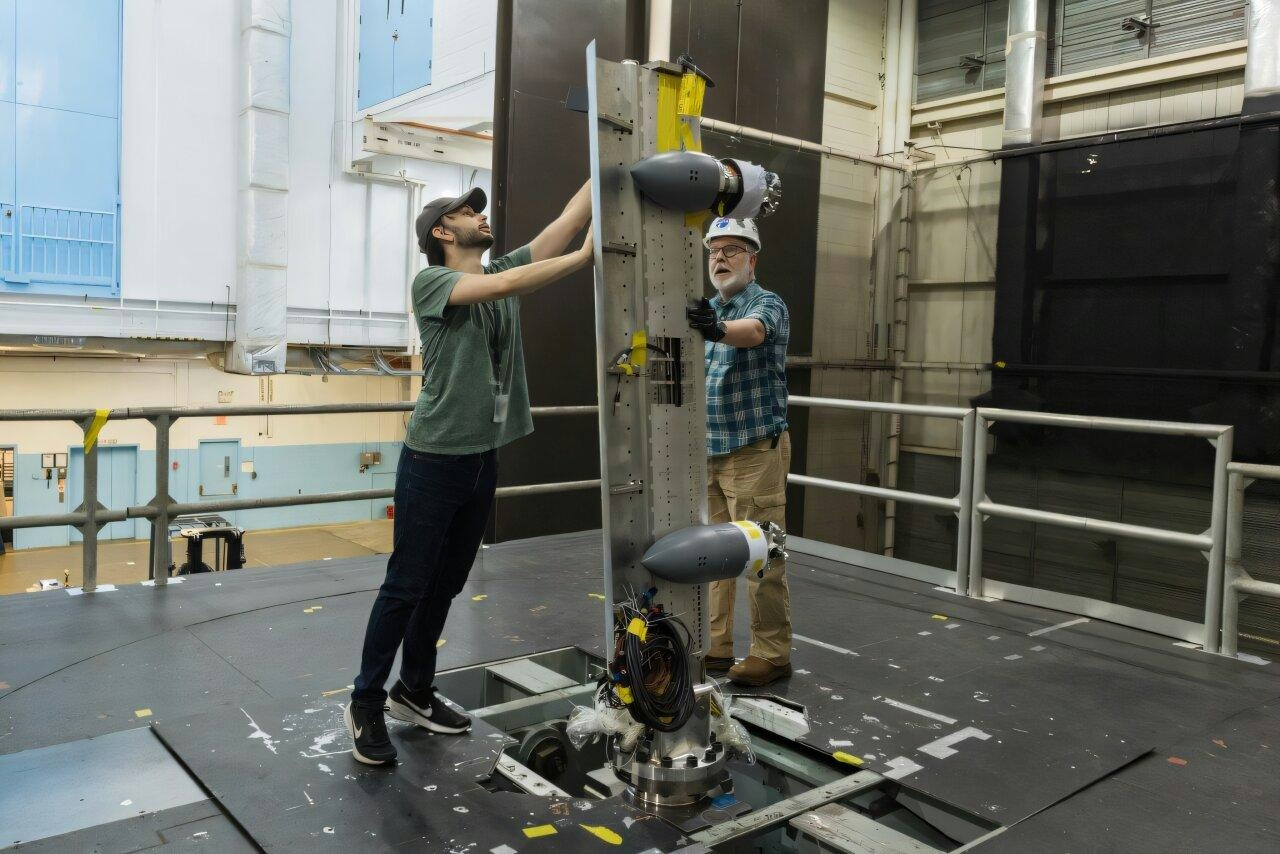
NASA Tests Advanced Air Mobility Aircraft Wing in Wind Tunnel
NASA Advances Air Mobility with Wind Tunnel Testing of Tiltwing Aircraft Wing
NASA engineers are advancing the field of advanced air mobility (AAM) through rigorous wind tunnel testing of a 7-foot model wing at the agency’s Langley Research Center in Hampton, Virginia. Conducted during May and June 2025 in the 14-by-22-Foot Subsonic Wind Tunnel, these tests form part of NASA’s broader initiative to accelerate the development of next-generation aircraft, including air taxis and autonomous cargo drones.
Tiltwing Design and Testing Objectives
The wing model under examination features a “tiltwing” design, capable of rotating its wing and rotors from vertical to horizontal positions. This configuration allows for vertical takeoff, hovering, and conventional forward flight, making it a versatile platform for various operational environments. The tiltwing concept has garnered significant interest from multiple companies seeking to develop aircraft that can operate efficiently across diverse settings. NASA’s research aims to support not only tiltwing developers but also the wider AAM industry by providing critical performance data.
Brandon Litherland, principal investigator for the test, emphasized NASA’s commitment to the emerging AAM sector. He noted that improvements in predictive tools derived from these tests will enhance the ability to accurately assess new aircraft designs, thereby facilitating the adoption of promising technologies. “Gaining confidence through testing ensures we can identify safe operating conditions for these new aircraft,” Litherland stated.
During the experiments, researchers concentrated on the aerodynamic interactions between multiple propellers and the wing across a range of speeds and flight conditions. The use of a “semispan” or half-wing model enabled detailed analysis of propeller-wing dynamics. The comprehensive data collected will be made publicly available to support industry-wide advancements in aircraft design and safety evaluation.
Program Context and Industry Implications
This testing effort is managed by the Revolutionary Vertical Lift Technology project within NASA’s Advanced Air Vehicles Program, which underpins the agency’s Advanced Air Mobility mission. The mission’s objective is to generate essential data that will guide the development of electric air taxis and cargo drones.
Norm Schaeffler, test director at Langley, highlighted the significance of the tiltwing test in providing a unique database for validating next-generation design tools. He explained that validated tools applicable to a broad range of aircraft will accelerate design cycles and enable more informed decision-making regarding new concepts.
Despite these advancements, the AAM sector continues to face challenges. Ensuring the safety of novel aircraft through rigorous crashworthiness testing remains a priority. Additionally, integrating 5G networks to support urban air mobility systems presents technical challenges, particularly in mitigating interference from propeller operations. Regulatory bodies are actively addressing certification concerns related to these innovative aircraft designs.
Market responses to NASA’s research have included heightened interest in hybrid electric vertical takeoff and landing (eVTOL) technologies. Industry competitors are developing their own safety and communication solutions to maintain competitiveness as the sector moves closer to commercial deployment.
NASA’s ongoing research and commitment to public data sharing are poised to play a crucial role in shaping the future of advanced air mobility, fostering safer, more efficient, and innovative aircraft for urban and regional transportation.
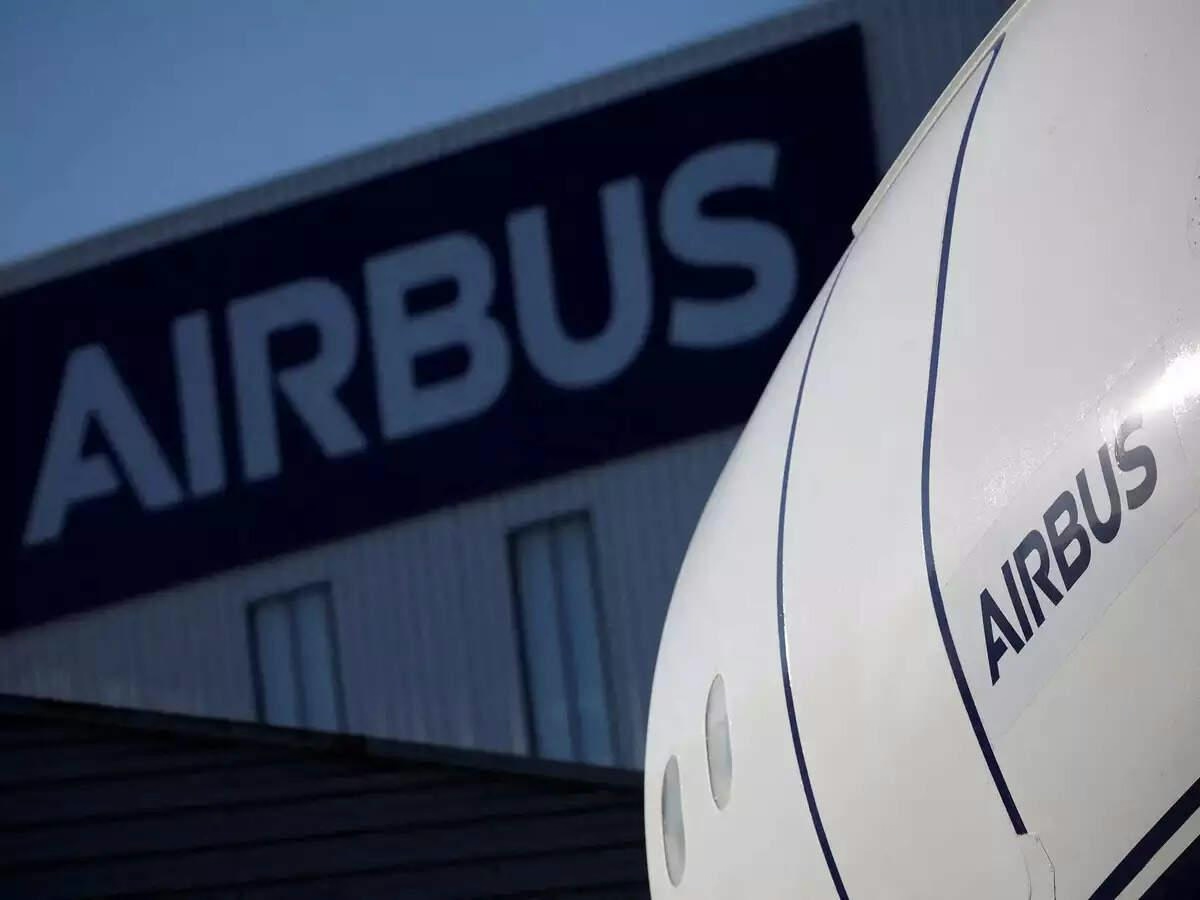
Airbus Outlook for 2025: Deliveries, Orders, and Long-Term Strategy
Airbus Outlook for 2025: Deliveries, Orders, and Long-Term Strategy
As the aviation industry continues to navigate persistent challenges, Airbus approaches 2025 with a combination of operational resilience and strategic foresight. For investors and industry observers alike, the critical considerations revolve around whether Airbus can sustain its delivery momentum and leverage its substantial order backlog alongside disciplined operations to generate long-term value.
Deliveries: Managing Supply Chain Constraints While Sustaining Output
In the second quarter of 2025, Airbus delivered 11,308 commercial aircraft units, marking a 6% decline compared to 12,048 units in the same period of 2024. This reduction primarily stems from ongoing supply chain disruptions, notably engine shortages impacting the A320 Family, whose deliveries fell to 113 units from 159 a year earlier. Despite these headwinds, Airbus remains on course to meet its annual target of 820 deliveries, having completed 373 aircraft by July 2025. The A320 Family continues to be the cornerstone of Airbus’s delivery performance, accounting for 78% of total units delivered.
Production scalability remains a strategic priority. Airbus aims to increase output to 75 A320 aircraft per month by 2027 and 12 A350 aircraft per month by 2028. Although current supply constraints are significant, the company’s capacity to absorb these shocks without compromising adjusted EBIT growth underscores its operational robustness. Notably, consolidated reported EBIT for Q2 2025 rose by 35% year-on-year to €1,144 million, supported in part by reduced charges within the Space Systems division.
Orders and Backlog: A Strategic Advantage Amid Market Demand
The most compelling development in 2025 is Airbus’s strengthening order book. During the first half of the year, the company secured 494 gross orders (402 net), representing a 30% increase over the first half of 2024. The year-end backlog now totals 8,754 aircraft, a 2% rise, with 82% concentrated in the A220 and A320 Families. This positions Airbus favorably to capitalize on the single-aisle market segment, which constitutes over 70% of global commercial aircraft demand.
The timing of delivery acceleration is critical. Resolving supply chain bottlenecks—particularly those related to Spirit AeroSystems—could enable Airbus to expedite deliveries and convert backlog into cash flow more efficiently. The anticipated acquisition of Spirit’s work packages, expected to close in the fourth quarter of 2025, is a pivotal step. This integration aims to stabilize the A350 and A220 programs, both of which have experienced volatility due to supplier disruptions.
Competitive and Market Dynamics
Airbus’s capacity to maintain its competitive advantage over Boeing, especially in the narrowbody and widebody aircraft segments, remains under close scrutiny. Data from Aviation Week indicates intensifying competition, with both manufacturers likely to adjust production rates and pricing strategies in response. The upcoming Paris Air Show in 2025 will serve as a critical platform for industry insights and may influence market sentiment significantly.
External factors also present challenges. The global downturn in container shipping could indirectly affect Airbus’s supply chain and demand environment, adding complexity to its operational outlook.
Supply Chain Challenges and Strategic Responses
Spirit AeroSystems’s financial difficulties, highlighted by a $133 million loss in Q2 2025 and ongoing litigation, have posed substantial challenges for Airbus. In response, Airbus has injected an additional $94 million to support Spirit and facilitate a smooth transition. This intervention is not merely a financial rescue but a strategic investment aimed at securing supply chain stability. Should the acquisition close as planned, Airbus would reduce its dependence on third-party suppliers for critical components, thereby strengthening its long-term operational position.
Outlook
Despite the persistent challenges, Airbus’s disciplined operations, growing order backlog, and proactive supply chain initiatives position the company as a resilient force within a volatile industry. The forthcoming year will test Airbus’s ability to convert its backlog into deliveries and maintain its competitive edge, but current fundamentals suggest it remains a compelling long-term prospect.
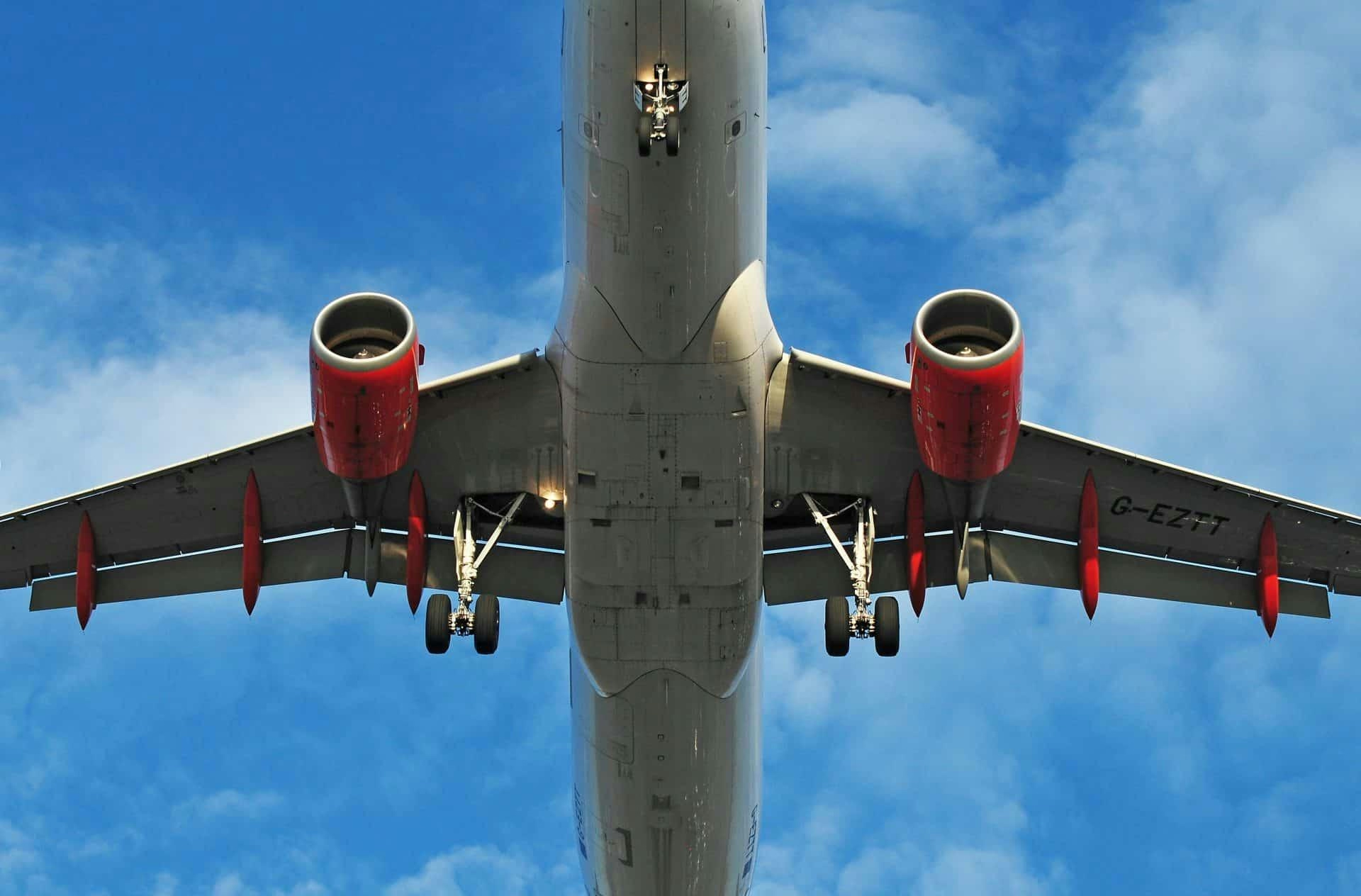
Outlook for the Aviation MRO Market, 2025–2035
Outlook for the Aviation MRO Market, 2025–2035
A recent comprehensive study on the global Aviation Maintenance, Repair, and Overhaul (MRO) market spanning 2025 to 2035 offers an in-depth analysis of the sector’s current state and future trajectory. The report encompasses detailed definitions, classifications, and applications within the industry, alongside an examination of the supply chain structure. It provides a thorough review of market development, competitive dynamics, and regional performance, focusing on key areas such as the United States, the European Union, China, India, and Japan, with additional regions considered as relevant.
The study delves into manufacturing processes, cost structures, and development policies, presenting detailed insights into import and export trends, supply and consumption patterns, and regional breakdowns of costs, prices, revenues, and gross margins. Market size estimates are offered at both global and regional levels, complemented by an extensive evaluation of the competitive environment and strategic approaches adopted by leading industry players.
Market Challenges and Drivers
Between 2025 and 2035, the Aviation MRO market is expected to confront several significant challenges. Volatility in raw material prices and concerns regarding their availability are anticipated to constrain growth. Rising maintenance costs, driven by an expanding global aircraft fleet and the increasing average age of planes, present additional obstacles, particularly in North America. In this region, expenditures on business aviation engine MRO are projected to outpace fleet growth, thereby intensifying cost pressures on operators and service providers.
Despite these headwinds, the sector is poised for growth, supported by ongoing efforts from major companies to innovate and develop advanced technologies and products. The report highlights robust business expansion plans, increased investment in research and development, and the diversification of product portfolios as key growth drivers. In Europe, the MRO market continues to expand steadily, fueled by rising air travel demand and stringent safety and efficiency standards that underpin the need for comprehensive maintenance services.
Competitive Landscape and Strategic Responses
The global Aviation MRO market remains highly consolidated, dominated by established firms that command significant market share and invest heavily in research and development. This concentration creates substantial barriers to entry for new competitors. As demand for MRO services intensifies, competition among existing providers is expected to escalate. Companies are anticipated to pursue strategic partnerships, invest in cutting-edge technologies, and broaden their service offerings to enhance market positioning.
The report further explores the role of market alliances—including mergers and acquisitions, joint ventures, collaborations, and new product launches—in shaping the competitive landscape. These strategic moves are instrumental in driving innovation and expanding capabilities within the industry.
Impact of COVID-19
The study offers a detailed assessment of the COVID-19 pandemic’s impact on the Aviation MRO market, contrasting pre- and post-pandemic conditions. It evaluates associated risks and provides strategic recommendations for stakeholders navigating the evolving environment. The analysis highlights disruptions to the supply chain and illustrates how companies have adapted their operational and planning processes in response to unprecedented challenges posed by the pandemic.
Regional Insights and Market Potential
An evaluation of the top 20 global markets reveals diverse growth potentials and region-specific challenges. The European market’s sustained expansion and North America’s escalating maintenance costs emerge as critical factors influencing the sector’s outlook. These regional dynamics underscore the complexity of the global MRO landscape and the necessity for tailored strategies to address localized conditions.
While the Aviation MRO market faces notable challenges over the coming decade—including cost pressures and supply chain uncertainties—continued technological advancements, strategic industry responses, and increasing demand for air travel are expected to drive ongoing growth and transformation across the sector.
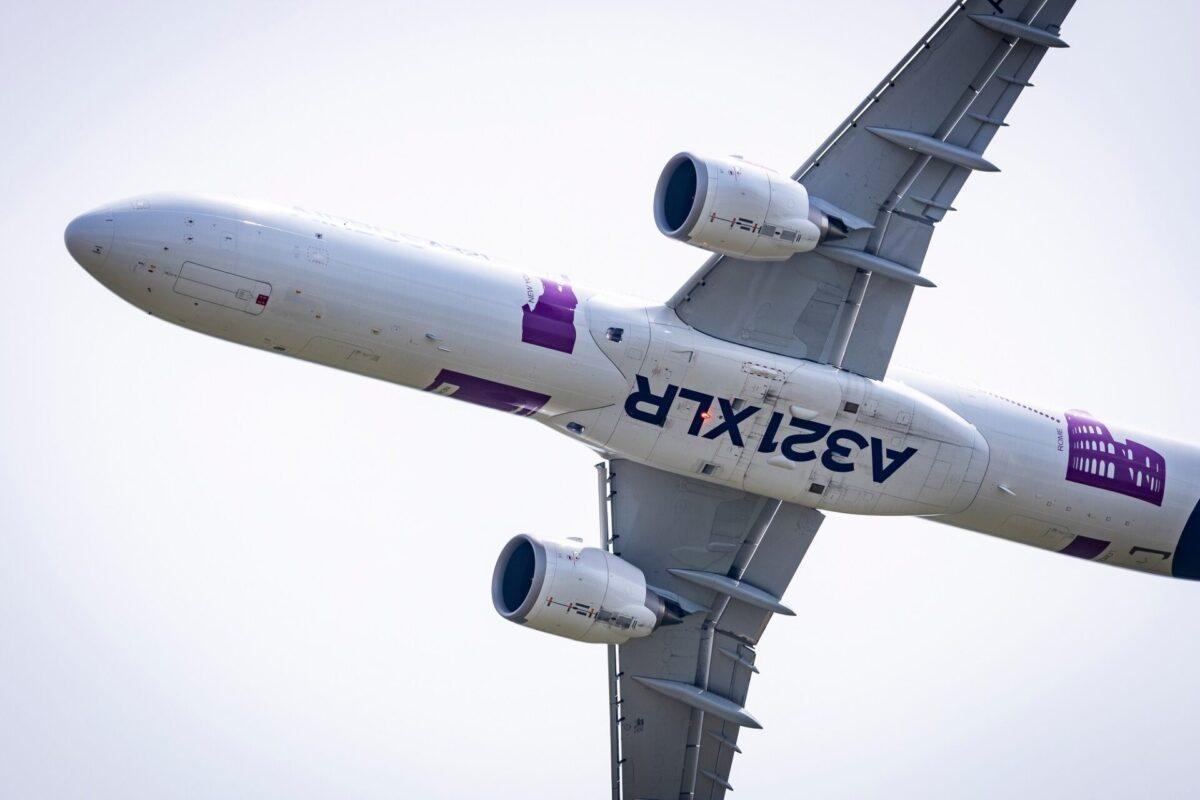
IndiGo A321XLR Delivery Timeline and Potential New Routes
IndiGo’s A321XLR Delivery Timeline and Expansion Strategy
India’s largest low-cost carrier, IndiGo Airlines, is preparing to receive its first Airbus A321XLR aircraft, now anticipated in December 2025. This new addition to the fleet is expected to significantly extend the airline’s international reach, enabling direct flights on longer routes that were previously inaccessible with its narrow-body aircraft. However, industry-wide production and supply chain disruptions pose risks to the delivery schedule, potentially affecting IndiGo’s ambitious global expansion plans.
The A321XLR, boasting a range of approximately 8,700 kilometers, will allow IndiGo to operate nonstop flights from major Indian hubs such as Delhi, Mumbai, and Hyderabad to destinations including Seoul, Athens, and Nairobi. These routes are central to the airline’s growth strategy through 2030, as it currently operates over 2,200 daily flights to more than 140 destinations across Asia, Europe, and Africa. IndiGo has placed an order for 69 A321XLRs, aiming to strengthen its presence in Europe, Northeast Asia, and East Africa.
CEO Pieter Elbers has described the A321XLR as a critical link between the airline’s existing A321neo fleet and its forthcoming long-haul Airbus A350 services, scheduled to commence in 2027. The extended range of the XLR model, which adds up to two hours of additional flying time, will open new markets such as Denpasar, Athens, and Nairobi, while reinforcing IndiGo’s foothold in established international sectors.
Challenges and Competitive Landscape
Despite these promising developments, IndiGo faces significant challenges. Delays in aircraft production and supply chains threaten to slow the introduction of the A321XLR, potentially postponing the launch of new long-haul routes and the planned rollout of business class services. These uncertainties have elicited mixed responses from investors, with some expressing concern over the impact on the airline’s expansion timeline, while others remain confident in IndiGo’s long-term growth prospects.
Competition is intensifying, notably from carriers such as Aegean Airlines, which is reportedly considering India for its initial A321LR routes. This emerging rivalry could affect key markets that IndiGo is targeting with its expanded fleet.
In response, IndiGo is advancing a multi-hub strategy designed to optimize fleet utilization and operational efficiency. Mumbai is positioned as the gateway to West Asia, Delhi will focus on Central Asia, and Hyderabad will support niche domestic and regional routes. This approach is intended to sustain and enhance the airline’s long-haul services.
To further strengthen its international network, IndiGo has established partnerships with major global airlines including Delta, Air France-KLM, Virgin Atlantic, and Japan Airlines. These alliances, facilitated through codeshare agreements, will extend IndiGo’s connectivity to over 30 cities across Europe and North America. Additionally, the airline has increased its order for wide-body Airbus A350s and plans to introduce Boeing 787 aircraft, diversifying its fleet and enabling direct service to high-demand long-haul destinations.
Leveraging India’s strategic geographic location—where 65% of the world’s population is within a five to six-hour flight—IndiGo aims to reduce dependence on foreign hubs and develop a self-reliant medium- and long-haul network. While supply chain delays present tangible obstacles, the airline remains focused on transforming its international connectivity and establishing itself as a globally competitive carrier.

ChatGPT Quickly Identifies Optimal Flights Using Two-Part Prompt
ChatGPT Revolutionizes Flight Booking with Two-Part Prompt
Artificial intelligence is reshaping the way travelers search for flights, making the process faster and more efficient. By employing a simple two-sentence prompt, ChatGPT can now identify optimal flight options, filter results according to user preferences, and facilitate booking—all within seconds.
AI-Enhanced Travel Search Through Operator
At the core of this advancement is Operator, a tool that integrates ChatGPT with Bing Travel to streamline flight searches. Operator eliminates the traditionally time-consuming tasks of browsing multiple websites and comparing prices. Adam Stewart, a TikTok creator specializing in AI and automation, recently showcased Operator’s capabilities to his 105,000 followers. In his demonstration, Stewart requested a direct, daytime flight from Melbourne to Hong Kong for five passengers on April 7, including checked baggage.
The interaction was intuitive: Operator first inquired about the number of travelers and the preferred time of day for the flight. Within moments, ChatGPT presented filtered options that met these criteria, including a Cathay Pacific flight. Stewart remarked on the quality of the options, highlighting the efficiency of the tool.
Simplifying the Booking Process
Beyond identifying suitable flights, Operator also streamlines the booking experience. The platform bypasses traditional login hurdles and directly displays flights that fulfill all specified requirements, such as checked baggage allowance. Users can proceed to book with a single click, significantly reducing friction in the purchasing process. Stewart also noted the option to disable notifications, allowing users to avoid distractions during their search and booking.
The Evolution and Implications of ChatGPT
Launched by OpenAI in November 2022, ChatGPT is a sophisticated language model designed to generate text, answer queries, and even create multimedia content. Its conversational interface enables natural language interactions, making AI accessible to a broad audience. The acronym GPT stands for Generative Pre-Trained Transformer, reflecting the model’s training on extensive digital data.
While AI-powered tools like Operator offer unprecedented convenience, they also introduce challenges. User trust remains a critical concern, as travelers may hesitate to rely entirely on AI for important arrangements. Furthermore, as competitors develop similar technologies, the travel industry is poised for rapid innovation alongside heightened scrutiny regarding data privacy and ethical considerations. The ultimate success of these tools will depend on their ability to deliver reliable experiences while addressing these emerging issues.
As AI continues to transform travel planning, solutions such as ChatGPT’s Operator are setting new benchmarks for efficiency, even as the industry grapples with questions of trust, competition, and ethical responsibility.
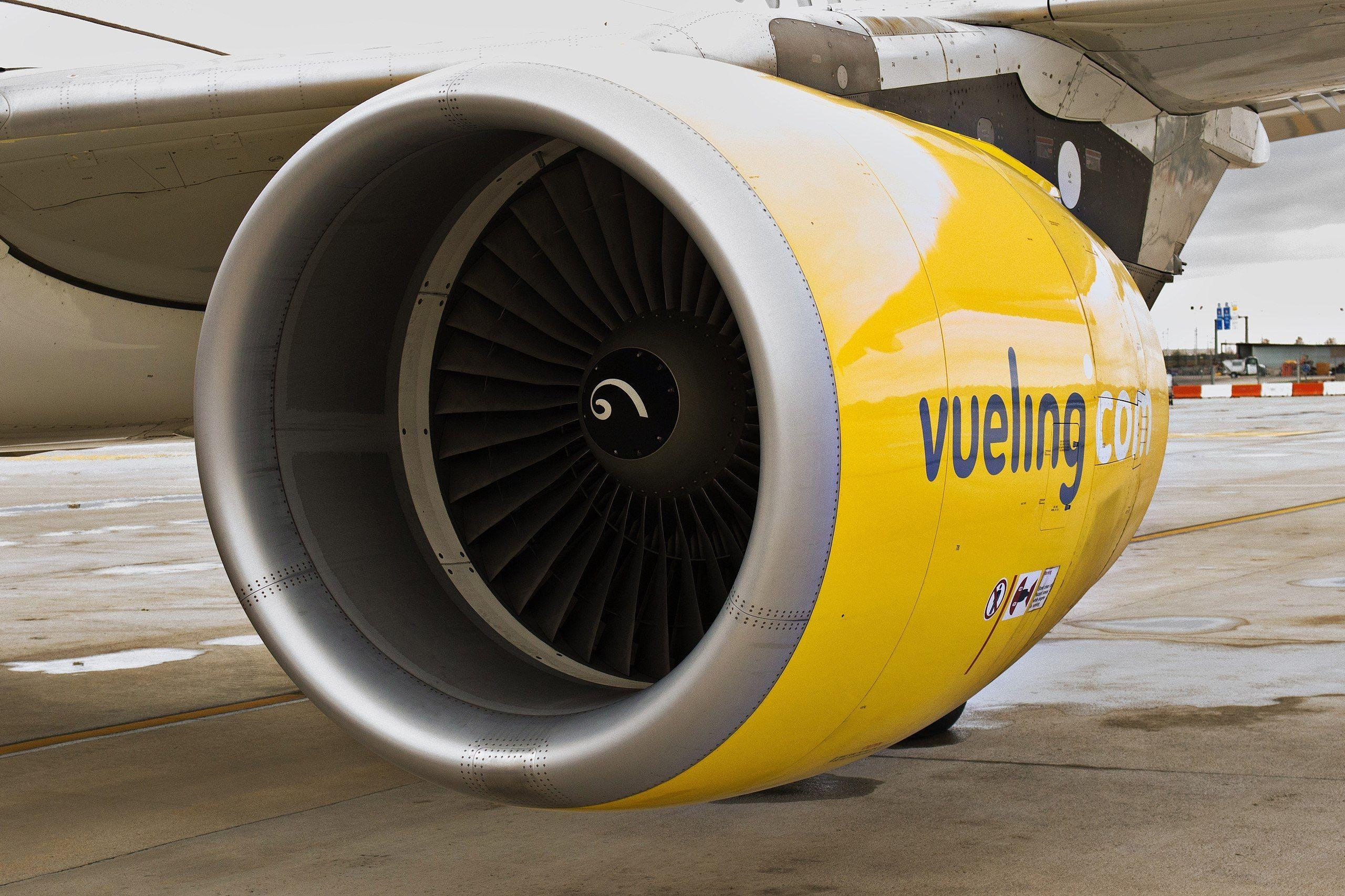
Comparing the CFM56 and LEAP Engines: Key Differences Explained
Comparing the CFM56 and LEAP Engines: Key Differences Explained
CFM International, a joint venture between GE Aerospace and Safran Aircraft Engines, has established itself as a dominant force in the commercial aircraft engine market. Founded in 1974 to develop the CFM56 turbofan, the company commanded a 39% share of the global market by 2020, surpassing competitors such as Rolls-Royce, Pratt & Whitney, and General Electric. The partnership between GE and Safran was renewed in 2021 and is set to continue through 2050, securing CFM International’s influential position in the industry for decades to come.
The CFM56: A Proven Industry Workhorse
The CFM56 engine family has become a foundational element of commercial aviation, powering thousands of aircraft worldwide. Its extensive installed base has solidified its dominance in the maintenance, repair, and overhaul (MRO) sector. Airlines continue to depend on the CFM56 for its proven reliability and the comprehensive support network that accompanies it, ensuring sustained demand despite the emergence of newer engine technologies.
The LEAP Engine: Advancing Performance and Efficiency
As the successor to the CFM56, the LEAP engine family represents a significant technological advancement in both performance and efficiency. Designed to meet the evolving demands of modern aviation, LEAP engines incorporate cutting-edge materials and engineering innovations. The fan blades, developed in collaboration with Albany Engineered Composites, are constructed from a woven carbon fiber mesh, rendering them thinner and stronger than previous designs. Additionally, the engine’s hot section employs Ceramic Matrix Composites (CMCs), which are lighter and more resistant to high temperatures, thereby enhancing overall efficiency.
The LEAP engine also features a higher bypass ratio, ranging from 40:1 to 50:1 at the top of climb, compared to the CFM56’s 37.4–38.3:1. This increased bypass ratio enables the engine to move a greater volume of air around the core, resulting in improved fuel efficiency and quieter operation—both critical factors in meeting contemporary environmental and noise regulations.
Technical Comparison
A comparison of the highest-performance models from each engine family underscores the technological progress embodied by the LEAP engine. The LEAP-1A boasts an overall pressure ratio of 40:1 (rising to 50:1 at climb), a maximum take-off thrust of 32,160 pounds-force (143.05 kN), and a fan diameter of 78 inches (198 cm). It weighs approximately 6,951 pounds (3,153 kg) when wet. In contrast, the CFM56-5C offers an overall pressure ratio between 37.4 and 38.3, maximum take-off thrust ranging from 31,200 to 34,000 pounds-force (138.78–151.24 kN), and a fan diameter of 68.3 inches (173 cm), with a dry weight of 5,830 pounds (2,644.4 kg). The LEAP’s higher pressure ratio and larger fan diameter contribute to its superior efficiency and thrust capabilities.
Market Dynamics and Future Outlook
While the LEAP engine is positioned as the future cornerstone of CFM International’s product line, it has encountered some initial reliability challenges typical of new engine technologies. Nevertheless, its adoption continues to expand as airlines prioritize improved fuel efficiency and reduced environmental impact. Meanwhile, the CFM56’s extensive installed base ensures its continued relevance in the MRO market, providing a steady demand for parts and servicing.
Together, the CFM56 and LEAP engines exemplify the evolution of commercial aviation propulsion: the CFM56 as a reliable and enduring workhorse, and the LEAP as a technologically advanced engine shaping the future of flight.
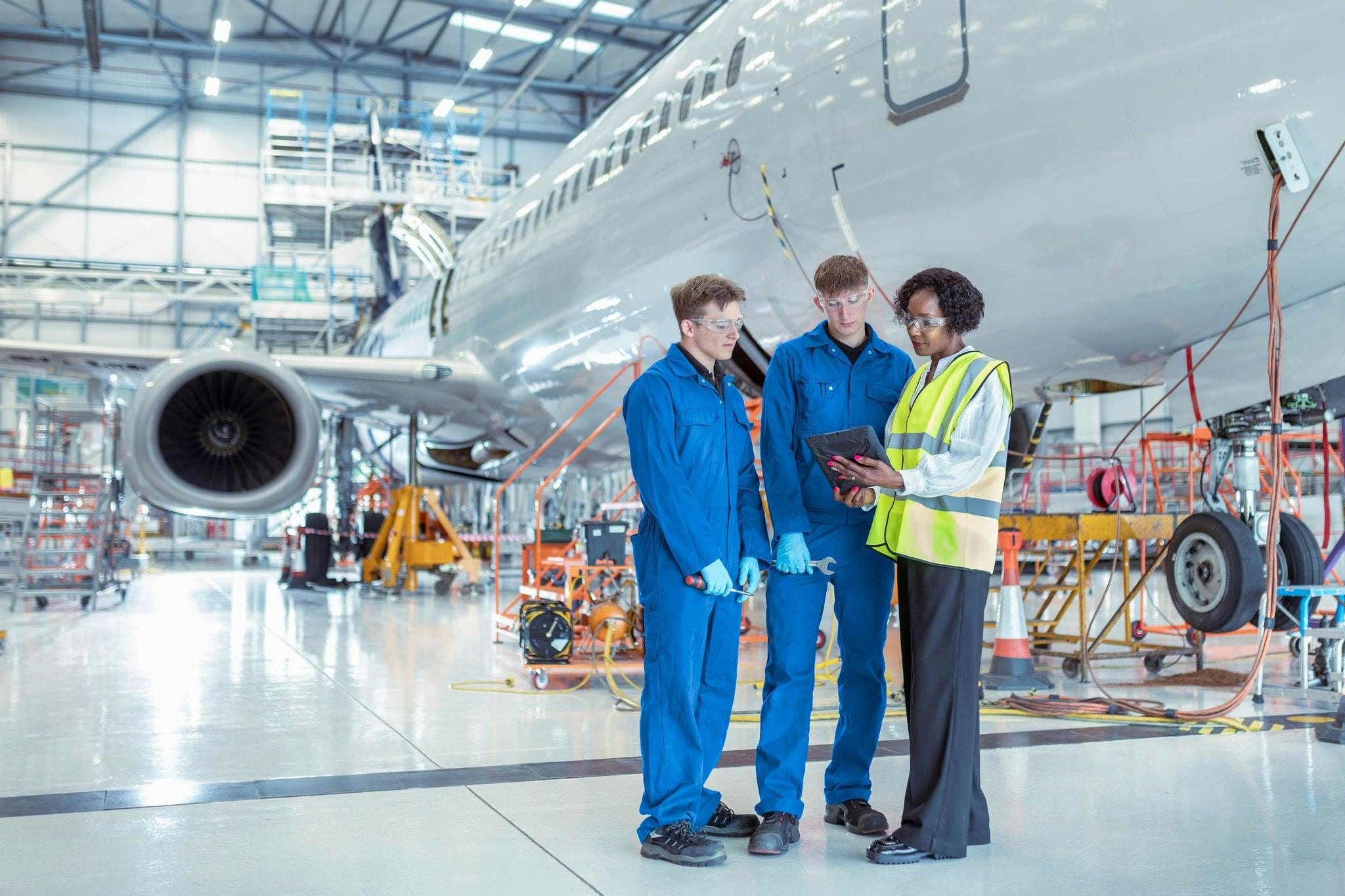
Airbus Engine Shortages Highlight Risks in Aerospace Supply Chains
Airbus Engine Shortages Highlight Risks in Aerospace Supply Chains
The aerospace industry, long regarded as a cornerstone of global technological advancement, is currently grappling with significant supply chain vulnerabilities. Airbus’s recent engine shortages, which have resulted in a backlog of 60 “gliders” — airframes awaiting engines — and a 20% decline in A320neo deliveries, reveal systemic weaknesses that extend beyond a single manufacturer. These disruptions are reverberating throughout the sector, exposing the fragility of global supply chains, intensifying competitive pressures, and accelerating calls for digital transformation.
Engine Bottlenecks and Systemic Challenges
The production delays at Airbus are the outcome of a complex interplay of factors affecting key engine suppliers, notably CFM International—a joint venture between GE and Rolls-Royce—and Pratt & Whitney. Both have faced labor strikes, regulatory obstacles, and bottlenecks inherent in just-in-time manufacturing processes. By July 2025, the number of unfinished Airbus airframes had doubled, compelling the company to absorb approximately €1 billion in inventory costs. This situation reflects a broader industry trend: according to the Roland Berger 2025 report, 70% of aerospace firms now identify supply chain resilience as their foremost concern.
Compounding these challenges are global shipping disruptions. The cost of shipping from China to Europe has increased fivefold, driven by rerouting around the Red Sea and drought conditions in Central America. These factors have exacerbated material shortages and further delayed production timelines. The difficulties faced by the A350 program and the postponed integration of Spirit AeroSystems’ wing production underscore how interconnected vulnerabilities can undermine even the most sophisticated manufacturing operations.
Industry-Wide Impact and Competitive Dynamics
The repercussions of these shortages extend well beyond Airbus’s immediate operations. The aerospace supply chain is a tightly interwoven network, with many tier-2 and tier-3 suppliers operating on minimal margins. Labor shortages, geopolitical tensions—such as ongoing U.S.-China trade disputes—and residual effects of the COVID-19 pandemic have created a volatile environment. Recent strikes at Pratt & Whitney, for instance, disrupted the delivery of GTF engines, triggering cascading delays across the production chain.
These disruptions have also contributed to market volatility, with affected companies experiencing fluctuating stock prices and diminished consumer confidence. In response, competitors are accelerating the development of alternative engines and enhancing collaboration to mitigate supply chain risks. This heightened competition is prompting manufacturers to reconsider sourcing strategies and invest in more resilient operational models.
Digital Transformation and Strategic Investment
In the face of these challenges, the aerospace industry is undergoing a rapid transformation. The Aviation Supply Chain Integrity Coalition, established in 2024, has drawn attention to the increasing threat posed by counterfeit parts, encouraging companies to adopt advanced technologies such as digital twins and blockchain-based tracking to verify component authenticity. This technological shift is reshaping investment priorities and risk management approaches.
Investors are concentrating on three principal areas. First, digital supply chain solutions are gaining prominence, with platforms from SAP and PTC—particularly PTC’s Windchill—enabling real-time tracking, predictive maintenance, and AI-driven inventory optimization. PTC’s collaboration with Boeing, for example, has reduced component lead times by 18%. Second, resilient manufacturing infrastructure is becoming a priority, with localized production and 3D printing technologies advancing rapidly. Companies like GE Additive and 3D Hubs report that aerospace now accounts for 40% of their revenue, while advanced air mobility infrastructure, led by firms such as Joby Aviation and Wisk Aero, is projected to evolve into a $2 trillion market by 2030. Third, supplier diversification through vertical integration and securing alternative sources is proving essential. Airbus’s delayed acquisition of Spirit AeroSystems has compelled the company to explore new sourcing strategies to maintain its competitive edge.
Navigating an Evolving Aerospace Landscape
The engine shortages confronting Airbus serve as a stark illustration of the aerospace sector’s vulnerability to global disruptions. As supply chain risk management becomes increasingly critical, aerospace companies and investors must adapt to a rapidly changing environment, balancing innovation with resilience to safeguard the industry’s future.

Rajiv Bansal Joins Sarla Aviation as Strategic Advisor
Rajiv Bansal Joins Sarla Aviation as Strategic Advisor
Rajiv Bansal, the former Civil Aviation Secretary and ex-Managing Director of Air India, has been appointed as a strategic advisor to Sarla Aviation, a Bengaluru-based air-taxi startup. Bringing over thirty years of experience in aviation policy and operations, Bansal is anticipated to play a crucial role in shaping the company’s regulatory strategy, certification processes, and stakeholder engagement as it prepares for its next phase of expansion.
Steering Sarla Aviation’s Growth and Innovation
Founded in 2023 and named after Sarla Thukral, India’s first woman pilot, Sarla Aviation is dedicated to advancing urban air mobility solutions and next-generation aircraft systems. The company recently showcased its six-seater electric air taxi prototype, Shunya, at the Bharat Mobility Expo 2025 in Delhi. Earlier this year, Sarla secured more than USD 12 million in funding from prominent investors including Accel, Nikhil Kamath, Sriharsha Majety, and Binny Bansal.
Bansal’s appointment marks a significant milestone as Sarla transitions from engineering development to real-world deployment and flight testing. His leadership is expected to enhance the company’s regulatory engagement, ensuring alignment with aviation authorities and fostering collaboration with key stakeholders such as airports and city administrations.
“India is at a pivotal point in aviation, with the talent, ambition, and urgency to build sovereign aerospace capabilities,” Bansal remarked. “Sarla’s bold, full-stack approach—designing, engineering, and building next-generation aircraft entirely in India—represents both national strength and technological leadership. I’m proud to support a team that’s thinking long-term, building fearlessly, and setting a new benchmark for Indian innovation.”
Challenges and Industry Implications
Despite the optimism surrounding Bansal’s new role, the challenges ahead are considerable. Navigating the complexities of the aviation sector, addressing operational inefficiencies, and ensuring that strategic initiatives align with Sarla Aviation’s long-term objectives will be critical. The company aims to introduce flying taxis in major Indian cities such as Bengaluru, Mumbai, Delhi, and Pune, contributing to the nation’s Viksit Bharat 2047 vision. Achieving these ambitions will require meticulous coordination across regulatory, technical, and operational domains.
Market response to Bansal’s appointment has been largely positive, with increased investor confidence and speculation about potential operational improvements. Industry analysts suggest that competitors may intensify their efforts to maintain market share, possibly through new partnerships or innovation-driven initiatives.
Adrian Schmidt, Co-founder and CEO of Sarla Aviation, emphasized the significance of Bansal’s addition to the team, stating, “It’s an incredibly important step for Sarla to welcome Mr. Rajiv Bansal to our team and our mission. His experience will be instrumental in helping us mature our processes and strengthen our approach as we build India’s first privately held full-stack aviation OEM.”
As Sarla Aviation advances its vision of safe, clean, and accessible air mobility across India, Bansal’s expertise is expected to be a vital asset in navigating the evolving urban aviation landscape and establishing new industry standards.
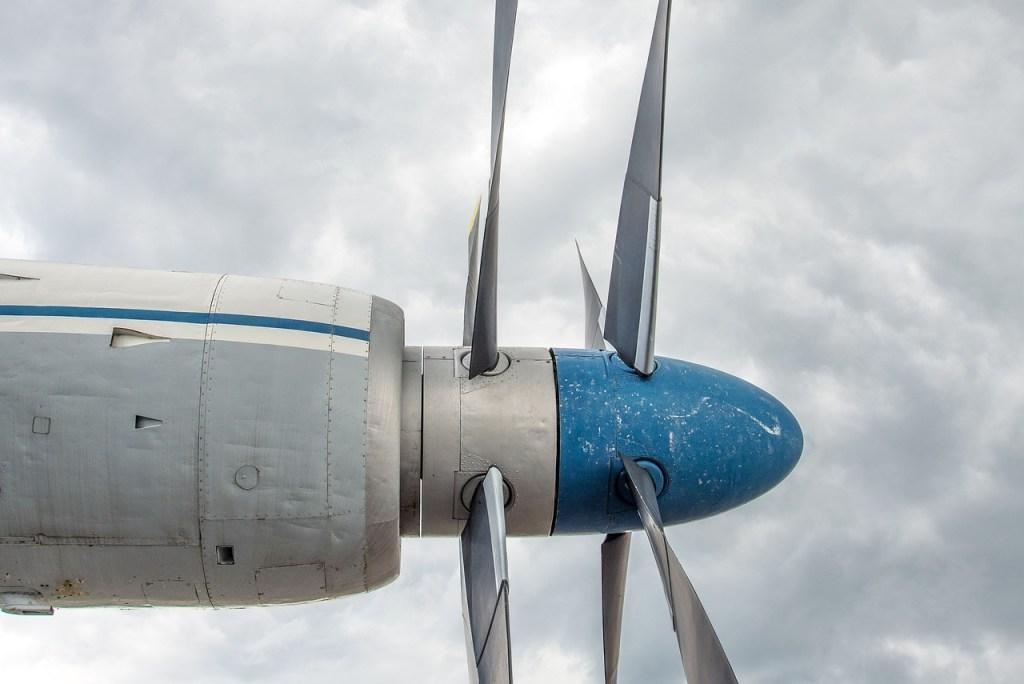
Airlines Confront Rising Costs, Supply Issues, and Slowing Demand
Airlines Face Rising Costs, Supply Chain Disruptions, and Softening Demand in 2025
As 2025 progresses, the global airline industry is confronting a multifaceted set of challenges, including escalating operational costs, persistent supply chain disruptions, and weakening demand, particularly in North America. These difficulties are unfolding against a backdrop of ongoing economic instability and heightened geopolitical tensions, notably the introduction of new tariffs by the U.S. government. In response to this uncertain environment, many U.S. carriers have opted to scale back or withhold their annual financial forecasts.
Industry Outlook and Key Challenges
A recent report by Skift Research, *Turbulence and Tailwinds: Shifting Trends in the Airline Industry*, revisits themes from its Global Travel Outlook 2025, highlighting how the sector’s trajectory is being reshaped by several converging factors. Supply chain issues remain a critical concern, with disruptions expected to intensify as airlines contend with the effects of tariffs and logistical bottlenecks. The Association of Asia Pacific Airlines (AAPA) has called on governments and suppliers to take urgent action, warning that ongoing supply constraints threaten the industry’s sustainability goals and long-term growth prospects.
Despite these headwinds, the International Air Transport Association (IATA) projects that 2025 will still be a strong year for airlines worldwide, with passenger revenues reaching record highs and profit margins improving. However, revenue growth is anticipated to slow compared to earlier forecasts, constrained by supply chain challenges, rising tariffs, and geopolitical uncertainties. Notably, demand for premium travel has demonstrated remarkable resilience, providing a crucial support to profitability amid broader market softness.
Economic uncertainties and the fragile financial health of some carriers are also expected to accelerate consolidation within the industry. Airlines are increasingly seeking to strengthen their market positions and enhance resilience in the face of ongoing volatility.
Regional Performance and Future Prospects
Regionally, North America is forecasted by IATA to generate the highest absolute profits in 2025, while the Asia-Pacific region is expected to experience the most significant demand growth. Although the aviation sector is poised to withstand some of the global economic pressures, growth will remain uneven and heavily dependent on the resolution of supply chain disruptions and the evolving geopolitical landscape.
Industry leaders and associations continue to emphasize the need for coordinated efforts to alleviate supply chain constraints and support the sector’s recovery and sustainability objectives. The coming months will be pivotal in determining whether airlines can sustain their momentum amid mounting operational and economic pressures.
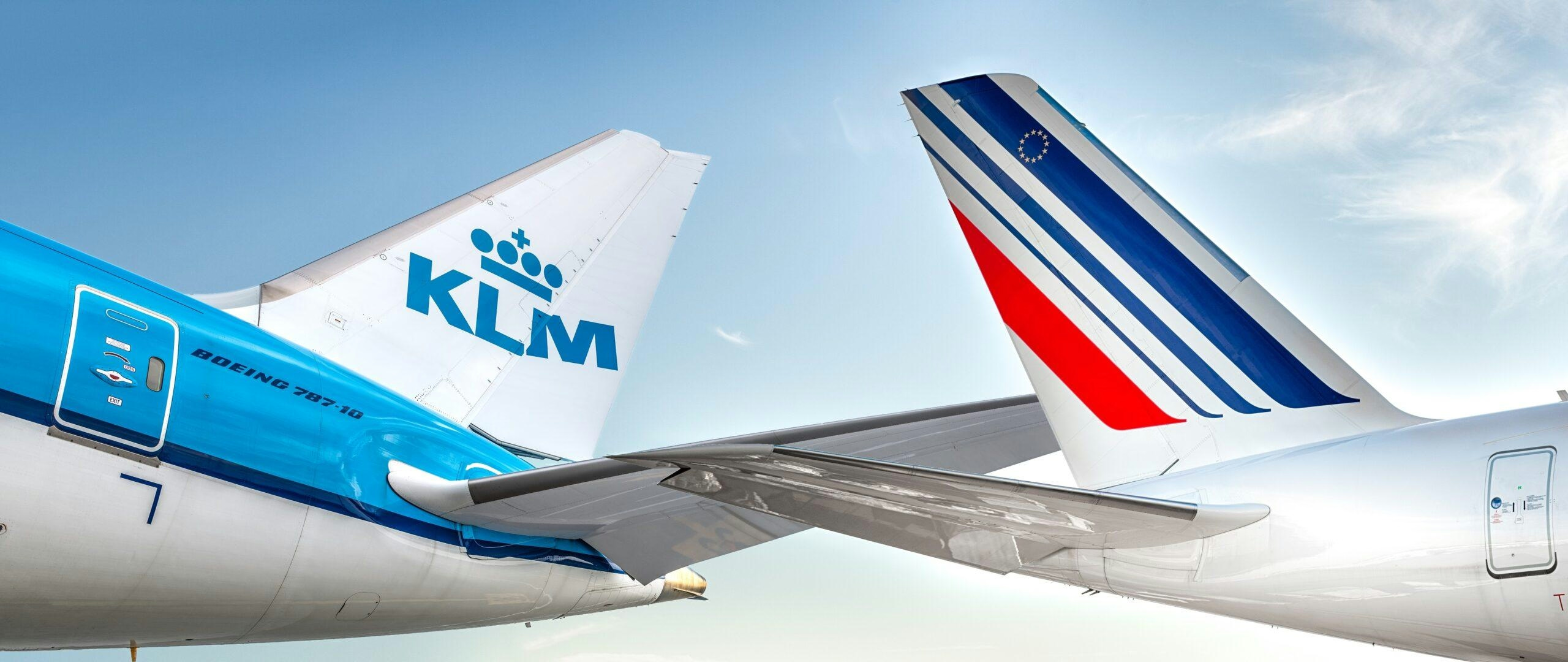
Air France-KLM cuts Airbus A350F freighter orders amid delays
Air France-KLM Reduces Airbus A350F Freighter Orders Amid Delays and Market Shifts
Air France-KLM Group has announced a reduction in its Airbus A350 freighter orders, scaling back its commitment from eight to six aircraft. This adjustment results from ongoing production delays and a strategic reassessment of the group’s cargo fleet. The revision reduces Martinair’s backlog by one A350F, leaving both Air France and Martinair with three A350Fs each, down from the initially planned four per carrier.
Strategic Reassessment in Response to Delays
The decision follows Airbus’s recent confirmation of delays in the A350F’s entry into service, prompting Air France-KLM to reevaluate its capital expenditure and operational priorities. The group indicated that the reduction aims to balance future investments with the need to maintain a flexible and efficient cargo operation. Despite the cutback, the A350Fs remain slated to replace Air France’s Boeing 777-200Fs and KLM/Martinair’s Boeing 747-400Fs eventually. To ensure continuity, current leases on existing freighters may be extended. At present, Air France-KLM Martinair Cargo operates a fleet comprising two Boeing 777Fs and four Boeing 747-400Fs.
Industry-Wide Repercussions and Market Context
This move aligns with a broader trend among airlines reassessing long-range aircraft commitments amid market uncertainties. Wizz Air recently reduced its Airbus A321XLR order, reflecting skepticism about the aircraft’s alignment with evolving business models. Similarly, Air Lease Corporation, the launch customer for the A350F, canceled all seven of its orders last month, citing delivery delays and heightened caution over large freighter investments amid uncertain tariff and trade conditions.
Industry analysts suggest that these developments may intensify competition, as rival carriers could leverage delays to negotiate more favorable terms with manufacturers or enhance their cargo capabilities. Air France-KLM’s order reduction may create opportunities for competitors to capture market share or reposition their fleets more aggressively.
Broader Strategic Implications for Air France-KLM
The group reaffirmed its commitment to a mixed cargo fleet strategy, combining dedicated freighters with bellyhold capacity on passenger flights. However, the order reduction, alongside recent strategic decisions—such as withdrawing from the Air Europa acquisition and focusing on premiumization—indicates a broader recalibration of Air France-KLM’s market approach. These shifts are likely to influence the group’s competitive positioning as it navigates a challenging environment characterized by shifting demand patterns, supply chain constraints, and evolving customer expectations.
As Air France-KLM adapts to these industry dynamics, its ability to balance operational requirements with strategic ambitions will remain under close scrutiny from investors and competitors alike.
Ask AeroGenie